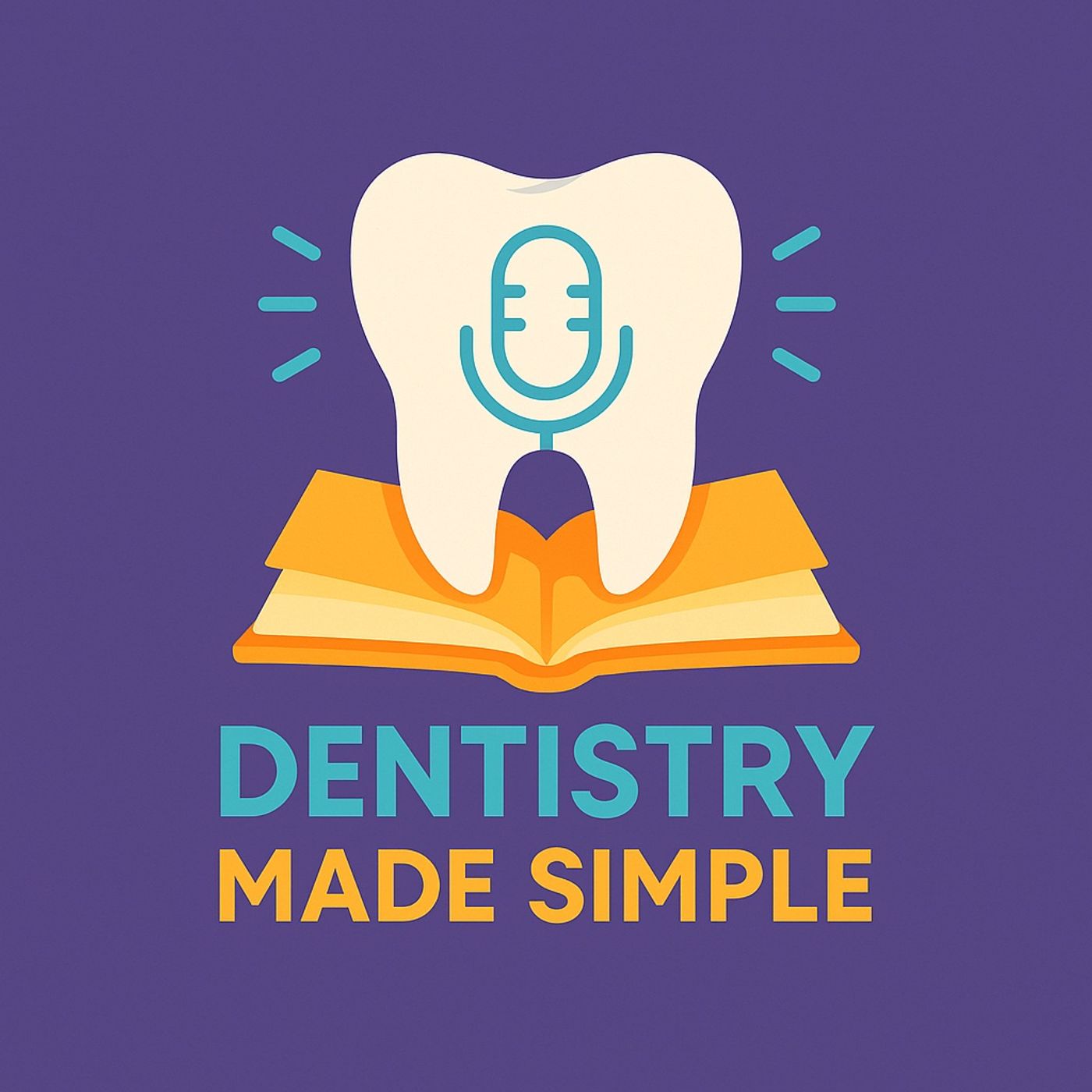Dentistry Made Simple
Dentistry Made Simple brings you clear and practical summaries of the best dentistry books.Each episode condenses key concepts, techniques, and knowledge into simple explanations — perfect for dental students, professionals, and anyone eager to learn from top dental resources.
Orofacial Pain and Headache
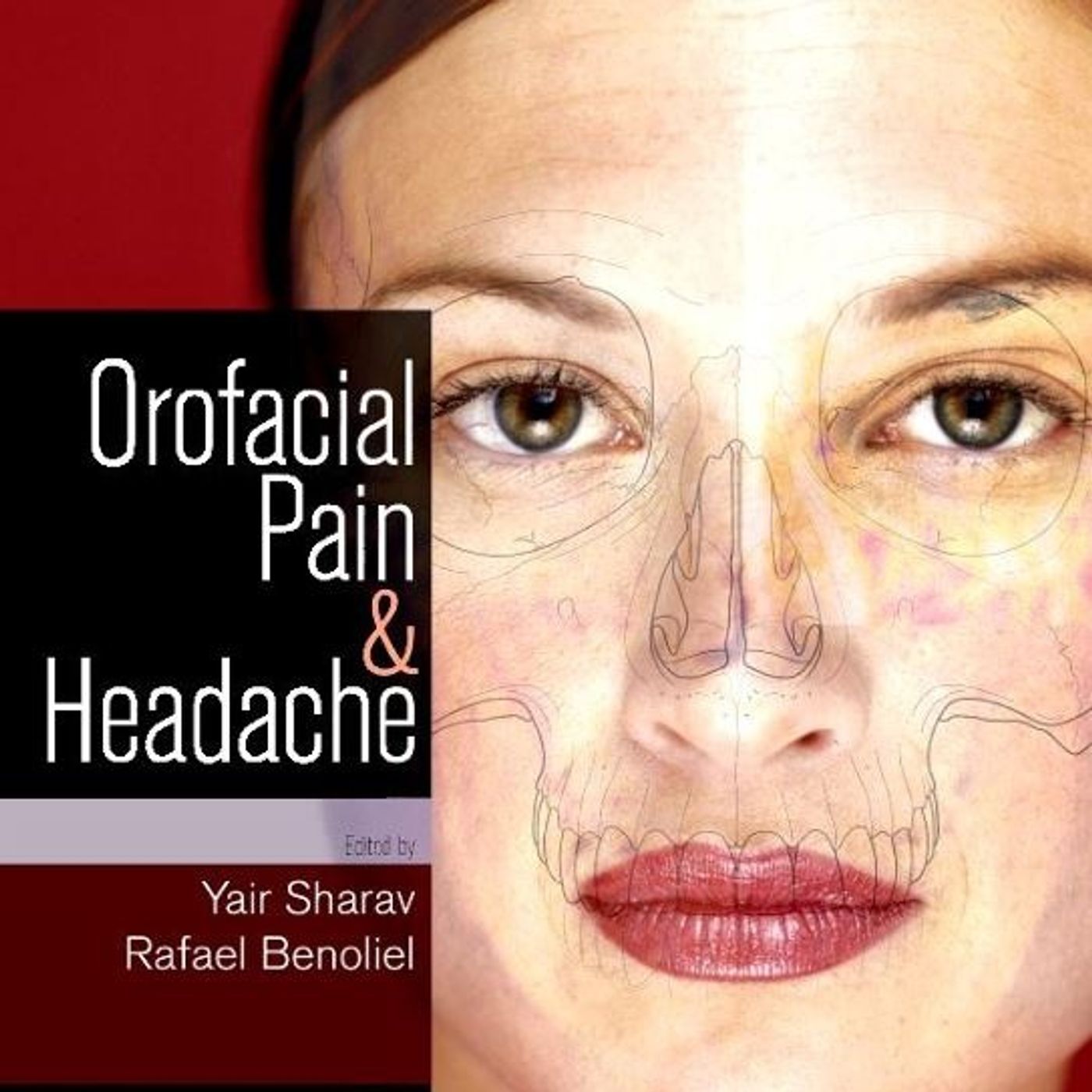
A comprehensive overview of orofacial pain and headache, emphasizing the need for integrated classification and multidisciplinary treatment due to significant diagnostic overlap and complexity. It addresses the fundamental differences between acute and chronic pain, exploring their features, etiologies, and responses to various treatments. The material also examines the anatomy and neurophysiology of craniofacial pain, detailing sensory innervation and mechanisms like referred pain and central sensitization. Finally, the text extensively covers specific pain disorders, including temporomandibular joint (TMJ) dysfunction, migraine, trigeminal autonomic cephalgias (TACs), and neuropathic pain, alongside discussions on pharmacotherapy, assessment tools, and psychological factors.
Oral Pathology in Clinical Dental Practice
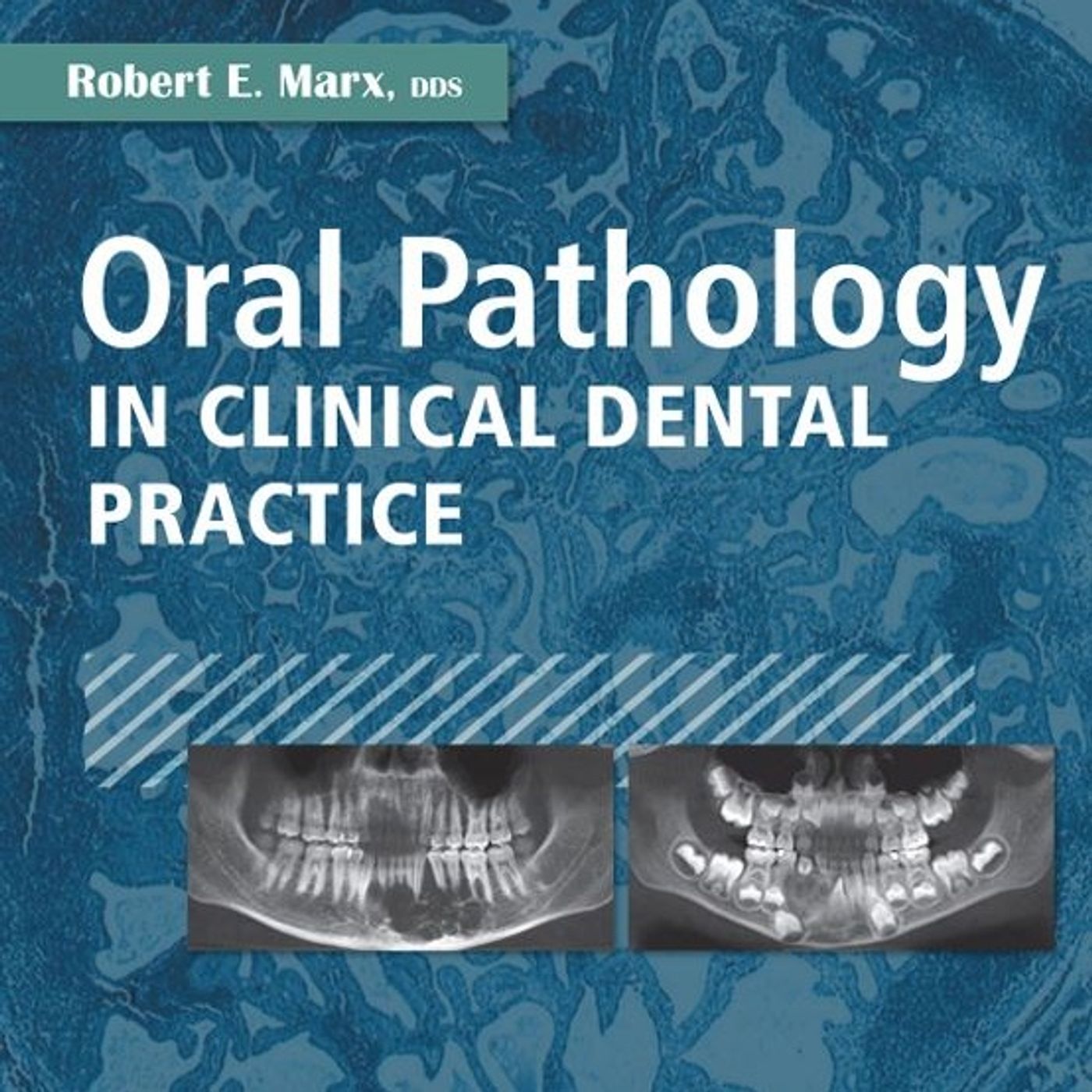
An extensive overview of numerous diseases and conditions affecting the oral cavity, jaws, face, and neck. The primary purpose is to equip dental professionals with the knowledge needed for early recognition and diagnosis of pathologies before initiating treatment. The text is structured to cover various categories, including red and white lesions, soft tissue masses, and infectious diseases of the jaws, detailing each condition's nature, clinical features, and suggested course of action. It emphasizes the importance of comprehensive examination to avoid overlooking serious diseases like tumors and cancers while focusing solely on dentition. Furthermore, the book offers guidance on differential...
Orthodontic Treatment of the Class II Noncompliant Patient: Current Principles and Techniques
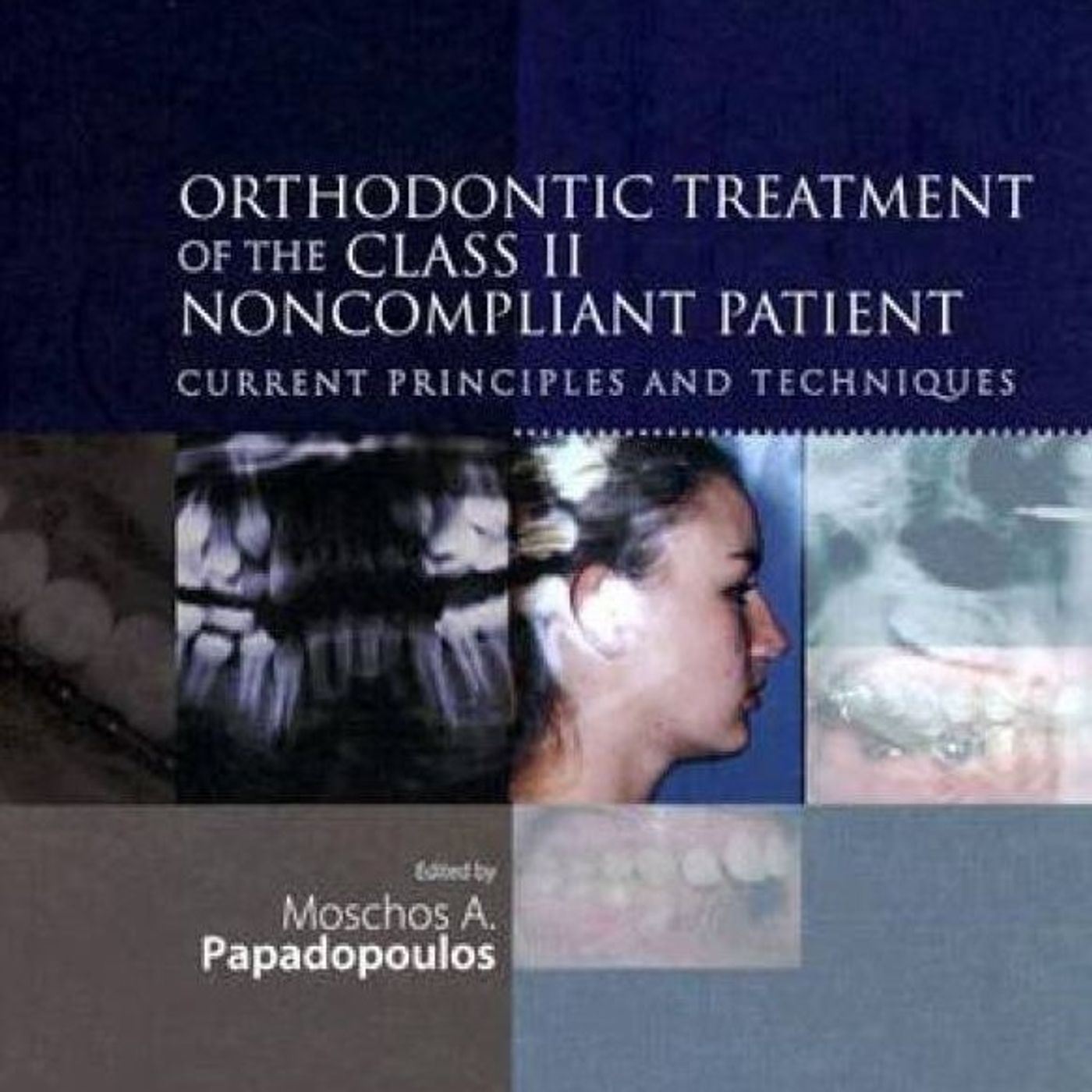
An extensive overview of orthodontic treatments for Class II malocclusion in patients who are often uncooperative, focusing on various fixed functional and intra-arch noncompliance appliances. The text examines the mechanical designs, modes of action, clinical efficacy, and side effects of numerous devices, including the Herbst appliance, Jasper Jumper, Mandibular Anterior Repositioning Appliance (MARA), and various molar distalizers like the Pendulum Appliance and Distal Jet. Furthermore, the document discusses the importance of patient compliance in treatment success, exploring psychological profiles and alternative terms like adherence and therapeutic alliance. The sources also offer detailed guidance on appliance construction, management, activation, and...
Orthodontic Management of Class II Malocclusion
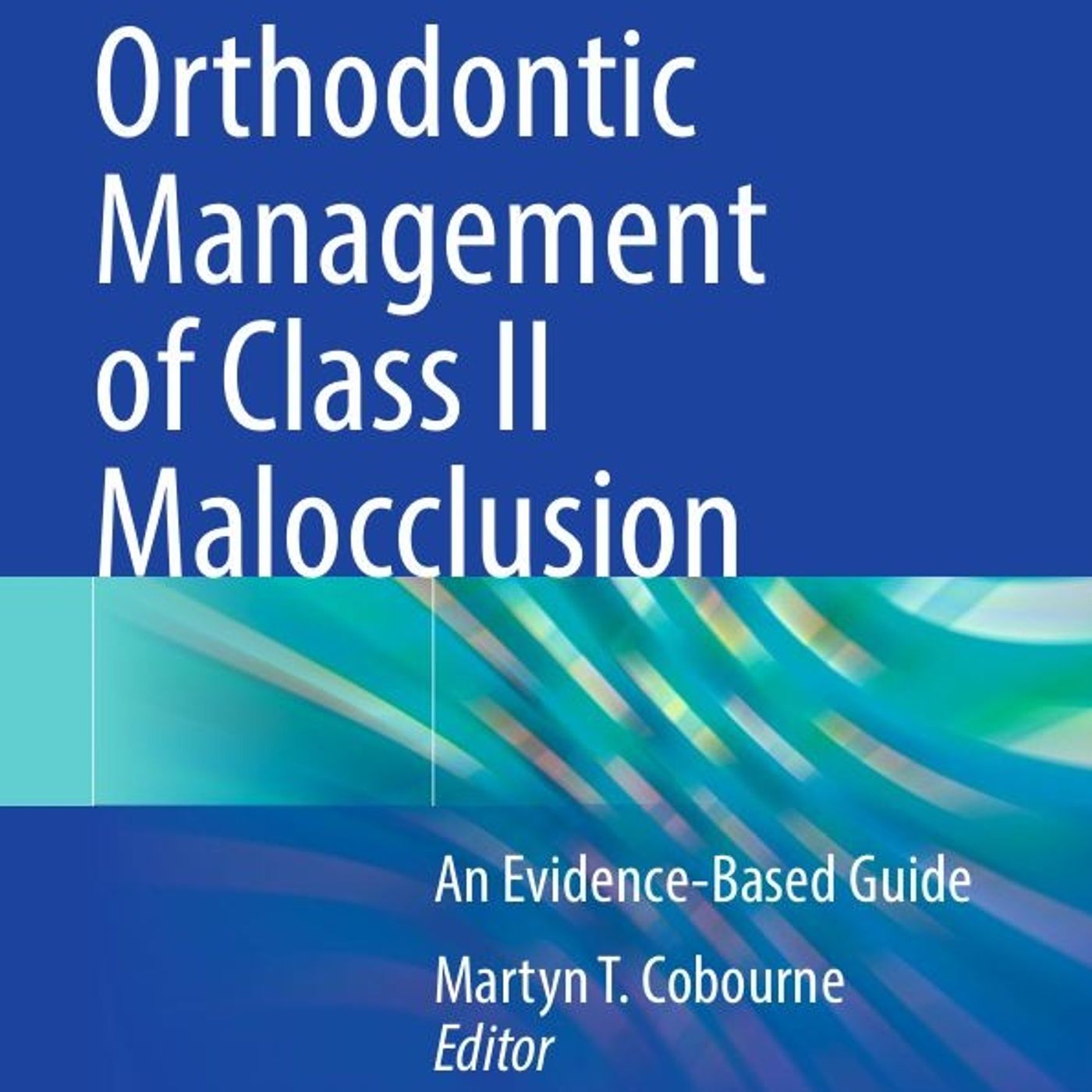
A comprehensive overview of the orthodontic management of Class II malocclusion, detailing various treatment approaches and underlying biological concepts. They discuss the epidemiological and clinical features of Class II malocclusions, including the effects of non-nutritive sucking behaviors and the different subdivisions like Division 1 and Division 2. A significant portion of the text addresses treatment timing, weighing the evidence from randomized clinical trials (RCTs) regarding early two-phase treatment versus later single-phase treatment, and the challenges of predicting the mandibular growth spurt using methods like hand-wrist and cervical vertebral maturation. Furthermore, the sources examine the efficacy and side effects of different appliances...
Mosby's Dental Drug Reference
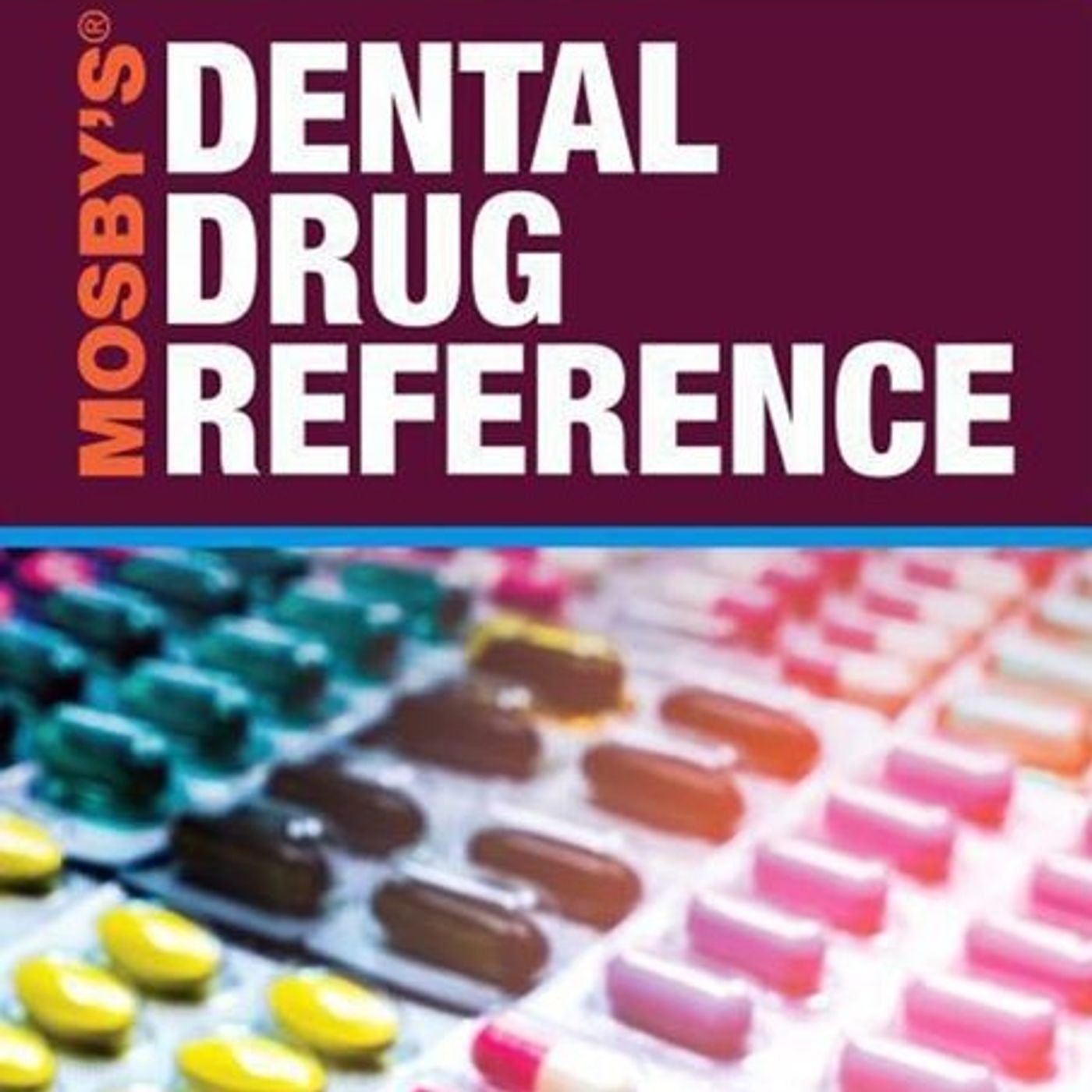
A comprehensive guide for oral health practitioners and educators regarding prescription medications. The text offers detailed information on various drugs, including their drug class, mechanisms of action, pharmacokinetics, indications and dosages, and a list of side effects/adverse reactions. Critically, the sources also include dental considerations sections, which provide specific guidance for managing dental patients who are taking these medications, often focusing on monitoring vital signs, preventing oral infections, managing dry mouth, and addressing potential drug interactions. This content aids in the dental management of medically compromised patients by offering up-to-date knowledge on a wide spectrum of pharmaceuticals, from...
National Board Dental Examination (NBDE) Part I: Specialty Review and Self-Assessment
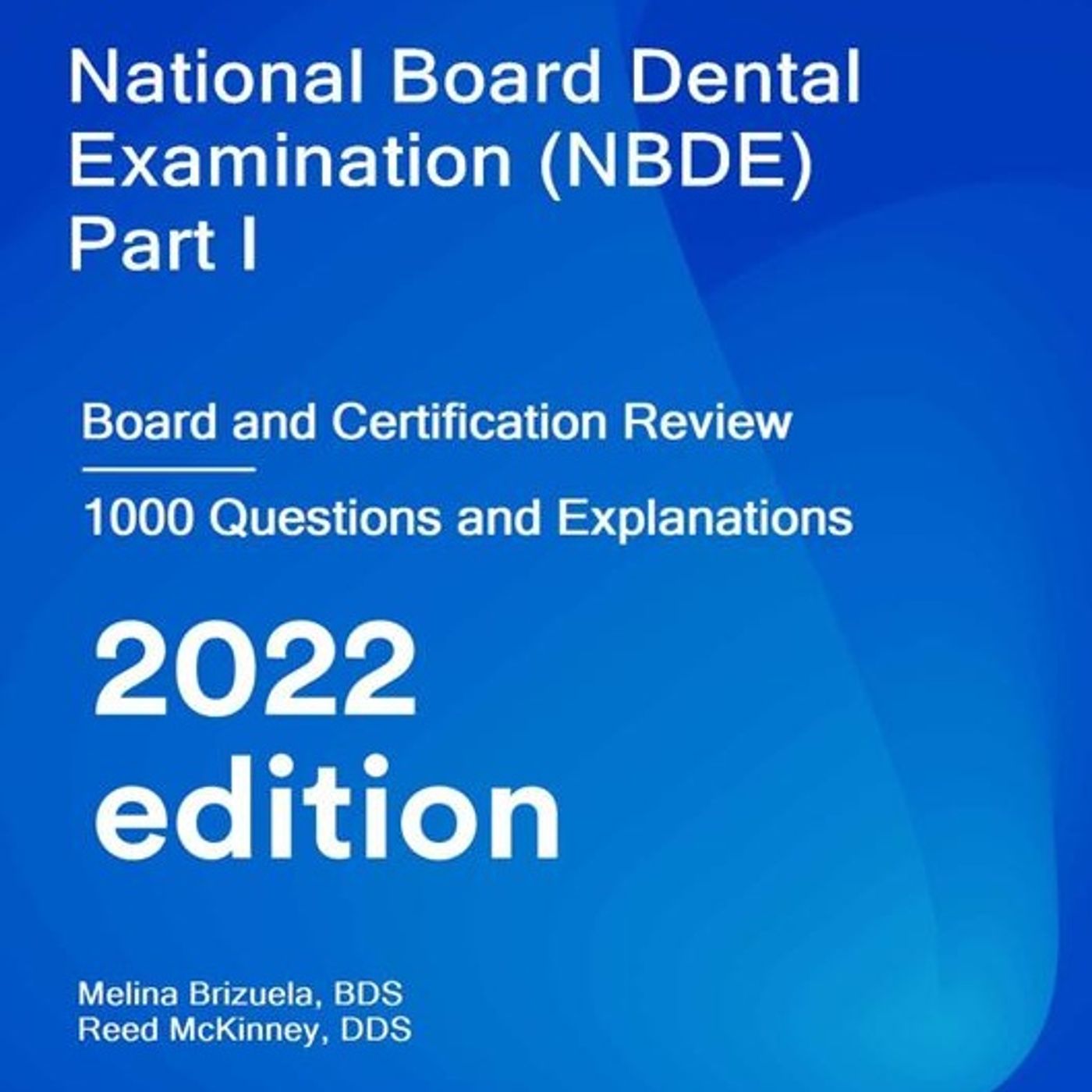
Aimed at improving foundational medical knowledge and preparing users for the NBDE Part I exam. The text consists primarily of multiple-choice questions spanning various medical and anatomical topics, including cardiology, neurology, biochemistry, and embryology, each followed by an answer and a detailed explanation. The publisher emphasizes the book's format, which is designed to identify and resolve knowledge deficits, and notes the importance of verifying drug indications and dosages. Furthermore, the material outlines features for quality improvement, such as electronically linked resources for further research and a system for users to flag potential errors or omissions.
National Board Dental Examination (NBDE) Part II: Specialty Review and Self-Assessment
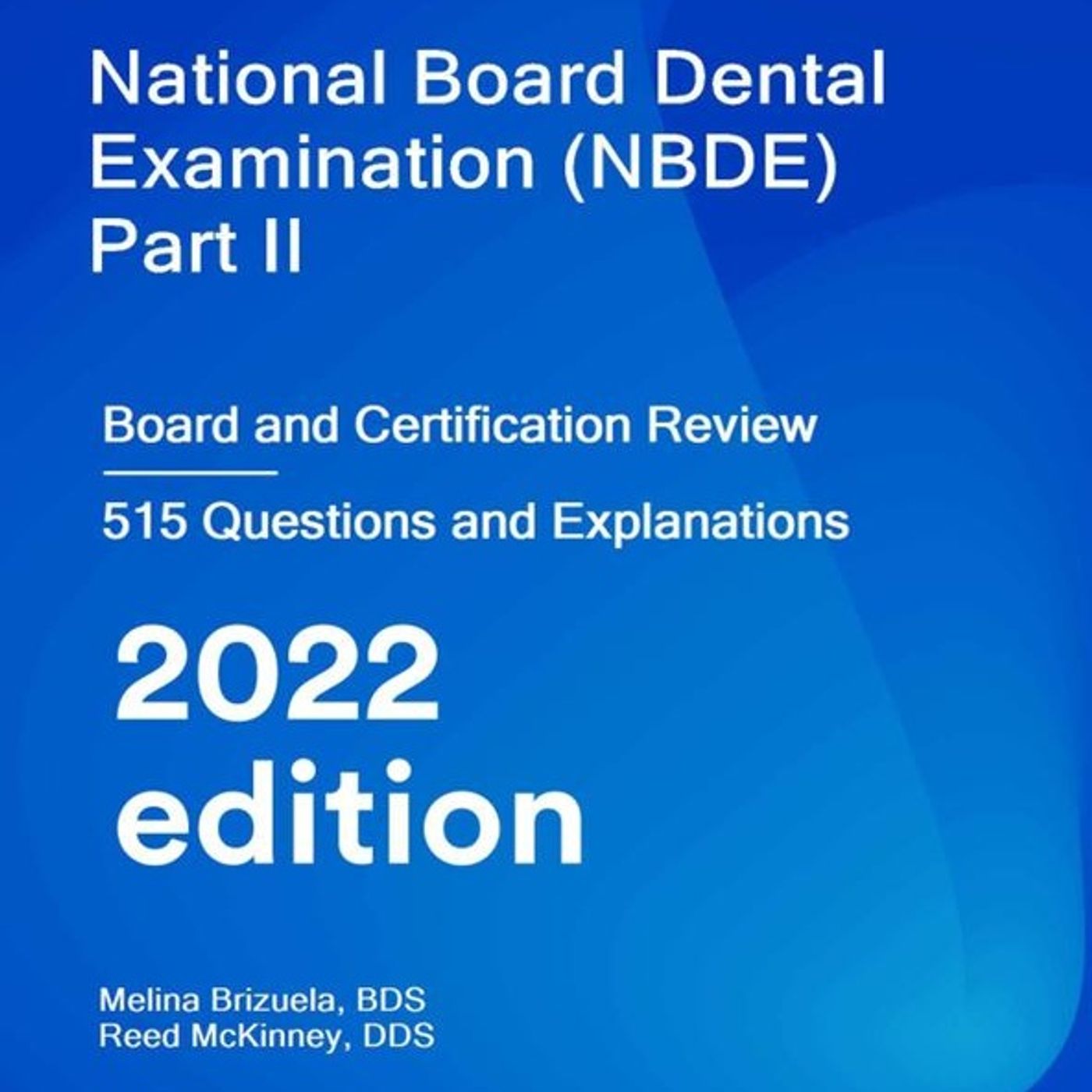
Designed to help students prepare for a specialty review exam, likely in dentistry or oral health. The content is presented in a multiple-choice question format with detailed explanations covering a wide array of clinical topics, including pharmacology, endodontics, oral surgery, periodontology, and oral pathology. Notably, the resource provides general advice on verifying drug information and emphasizes a commitment to Continuous Quality Improvement (CQI) through user feedback. The text also lists several contributing authors and their affiliations, highlighting the collaborative nature of the educational material.
Fundamentals of 3D Printing Technology for Medical & Dental Professionals
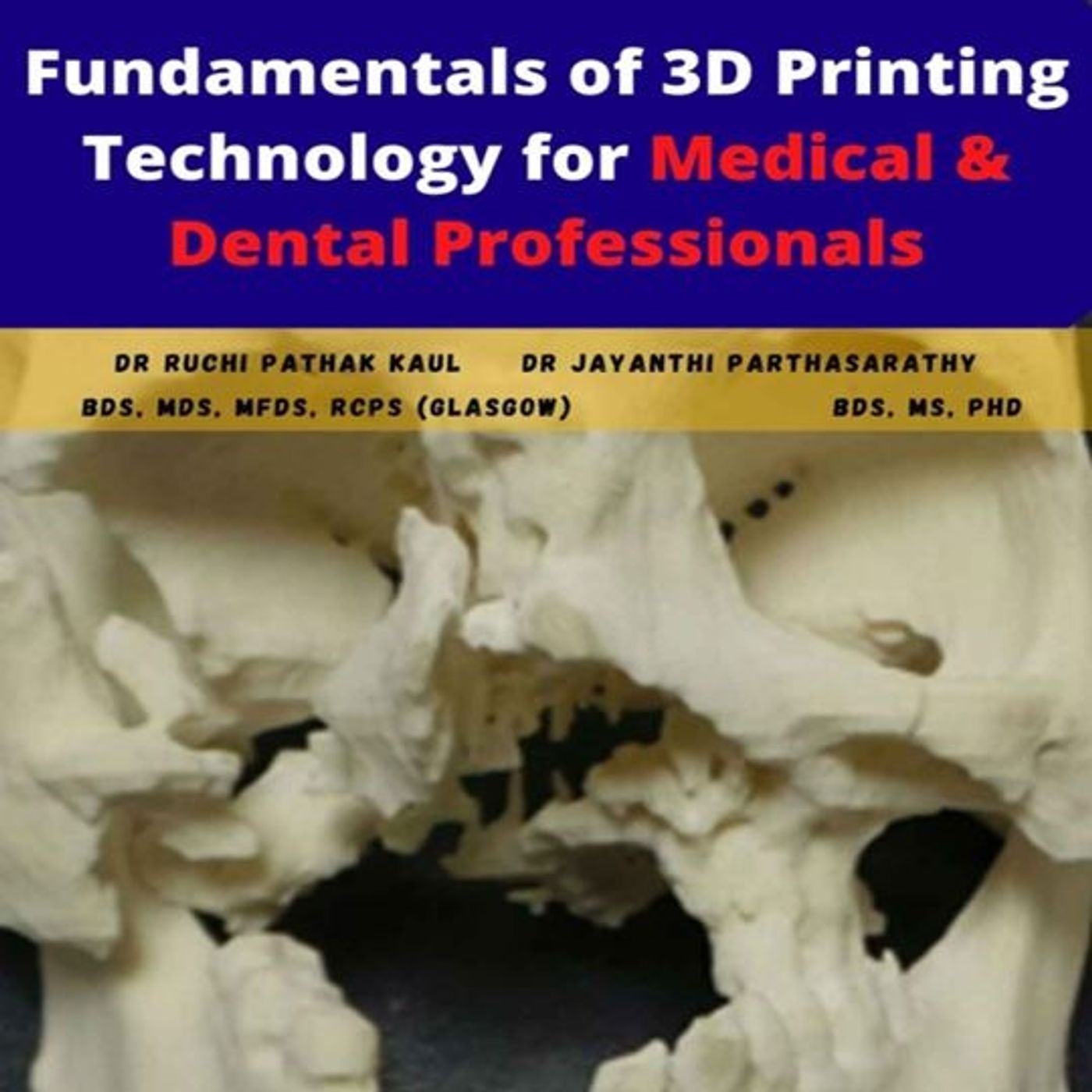
A foundational guide for medical and dental professionals seeking to incorporate 3D Printing (Additive Manufacturing) into their practices. The content covers the basic understanding, history, and wide-ranging applications of 3D printing across various industries, while maintaining a primary focus on the healthcare sector. Key areas discussed include the workflow of medical 3D printing, necessary data acquisition techniques like CT and MRI, essential software for modeling and surgical planning, and the different printing technologies and materials used for creating anatomical models, surgical guides, and implants.
Global Diagnosis: A New Vision of Dental Diagnosis and Treatment Planning
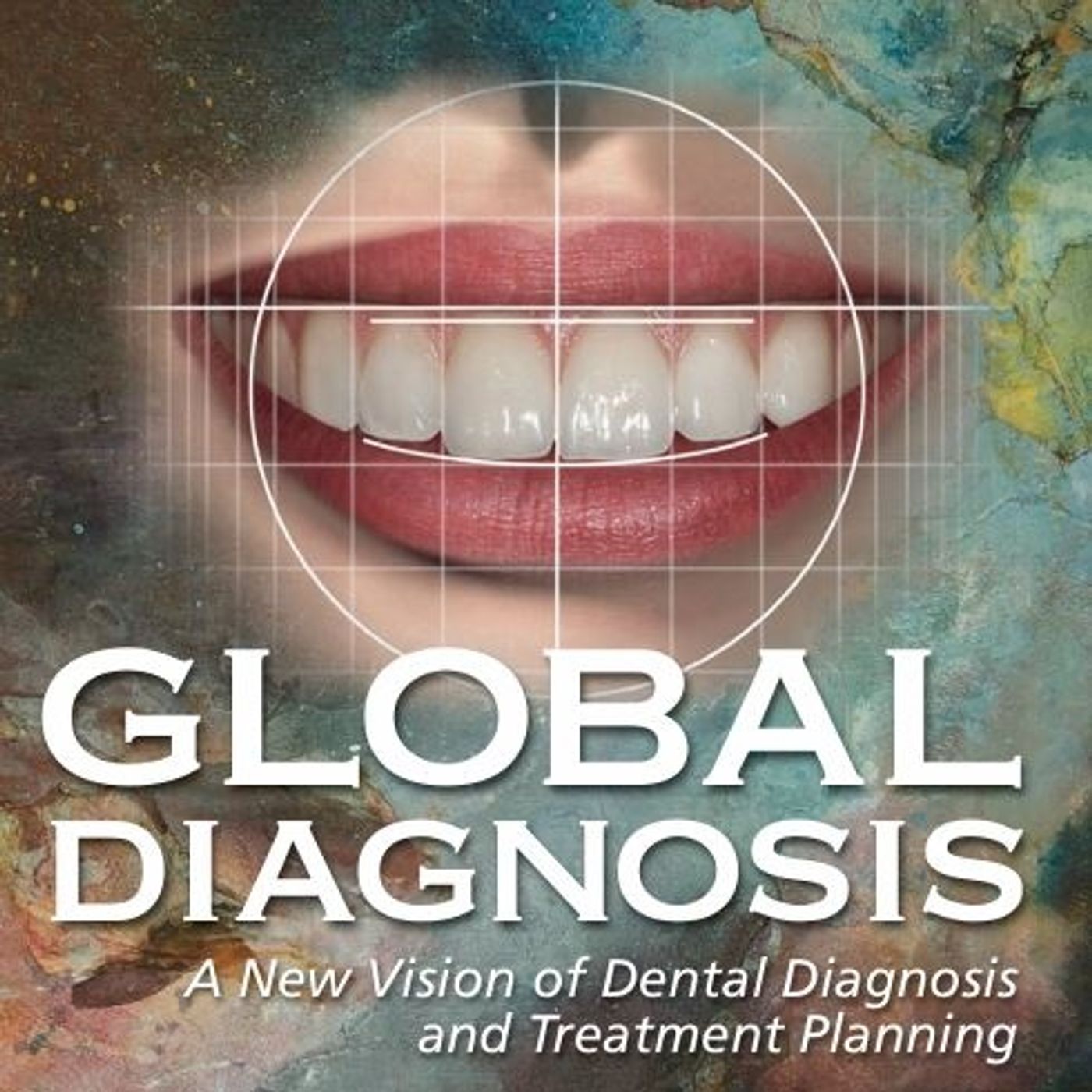
Presents an interdisciplinary framework for dental diagnosis and treatment planning, emphasizing a "Global Diagnosis" system based on Five CORE Questions to evaluate facial proportions and tooth position, contrasting it with traditional "regional" approaches. Key topics addressed include specific treatment modalities such as esthetic crown lengthening surgery, tissue grafting, orthodontic intrusion and forced eruption, orthognathic surgery, and dental facial plastics (Botox and dermal fillers). The sources also detail the Global Analysis Diagnosis (GAD) form for systematic data collection and discuss the critical importance of sequencing various specialty treatments—periodontal, orthodontic, and surgical—to achieve optimal esthetic and functional outcomes for comp...
Harty’s Endodontics in Clinical Practice
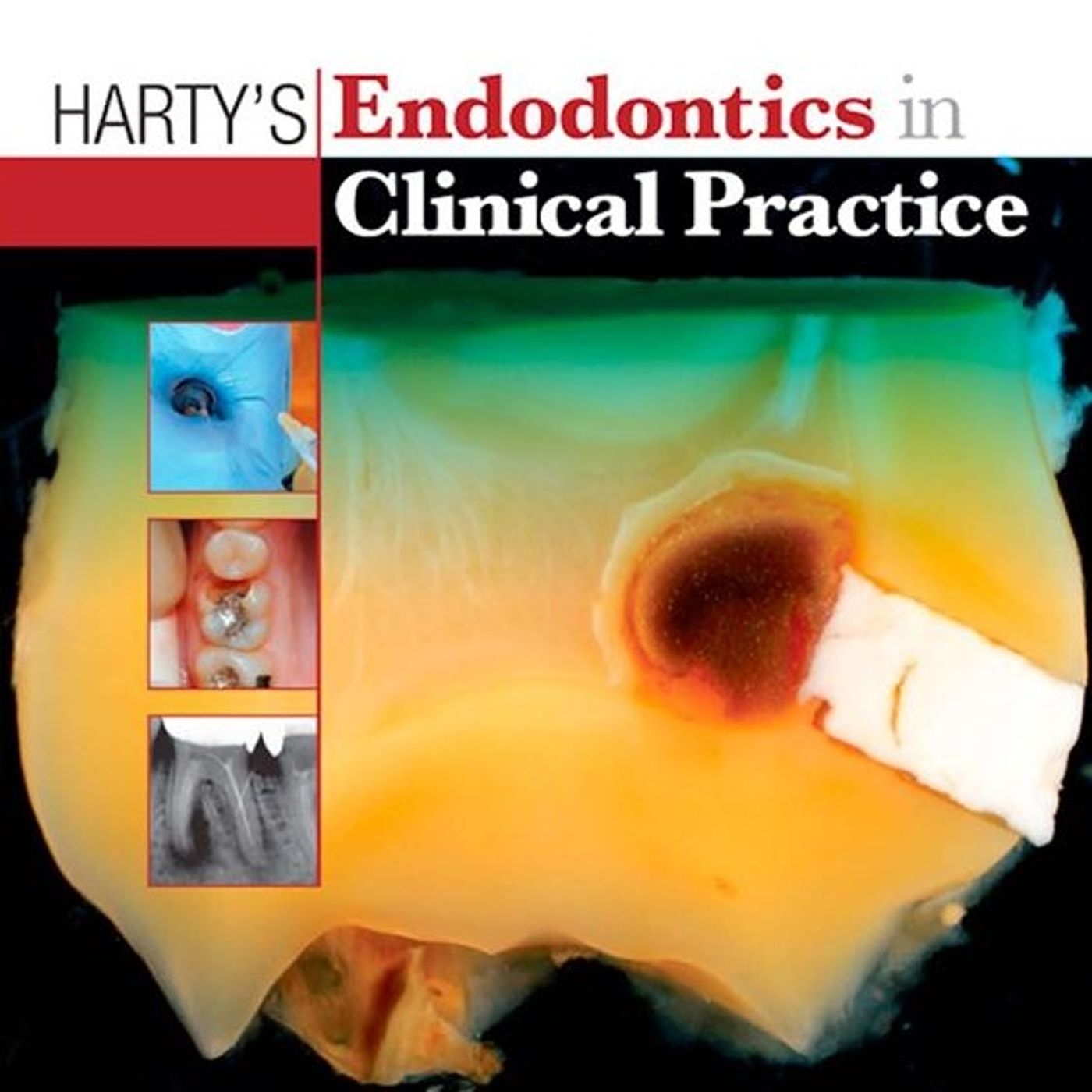
Covers the historical, theoretical, and clinical aspects of endodontic procedures, including diagnosis, treatment planning, instruments, and infection control. It provides detailed information on topics such as pulp anatomy, root canal preparation, filling techniques, and the management of complex cases in both permanent and primary teeth, including endodontic surgery and the treatment of traumatized teeth. The excerpts also address important clinical considerations like analgesia, systemic health influences, and the role of modern imaging techniques such as Cone Beam Computed Tomography (CBCT).
Exoplan: User Manual Surgical Guide

Detailing the workflow and features of the dental software for implant planning and surgical guide design. The manual covers essential steps such as CT-to-CT and CT-to-mesh alignment of patient data, defining anatomical structures like the mandibular canal and panoramic curve, and the precise placement of model teeth for backward planning. Significant sections are dedicated to the Implant Positioning process, including selecting components and collision detection, and the comprehensive steps for Creating Surgical Guides, from designing the base to merging the final guide mesh. Furthermore, the document outlines technical requirements, including hardware and software specifications, and highlights various Expert Mode...
HandBook of Local Anasthesia
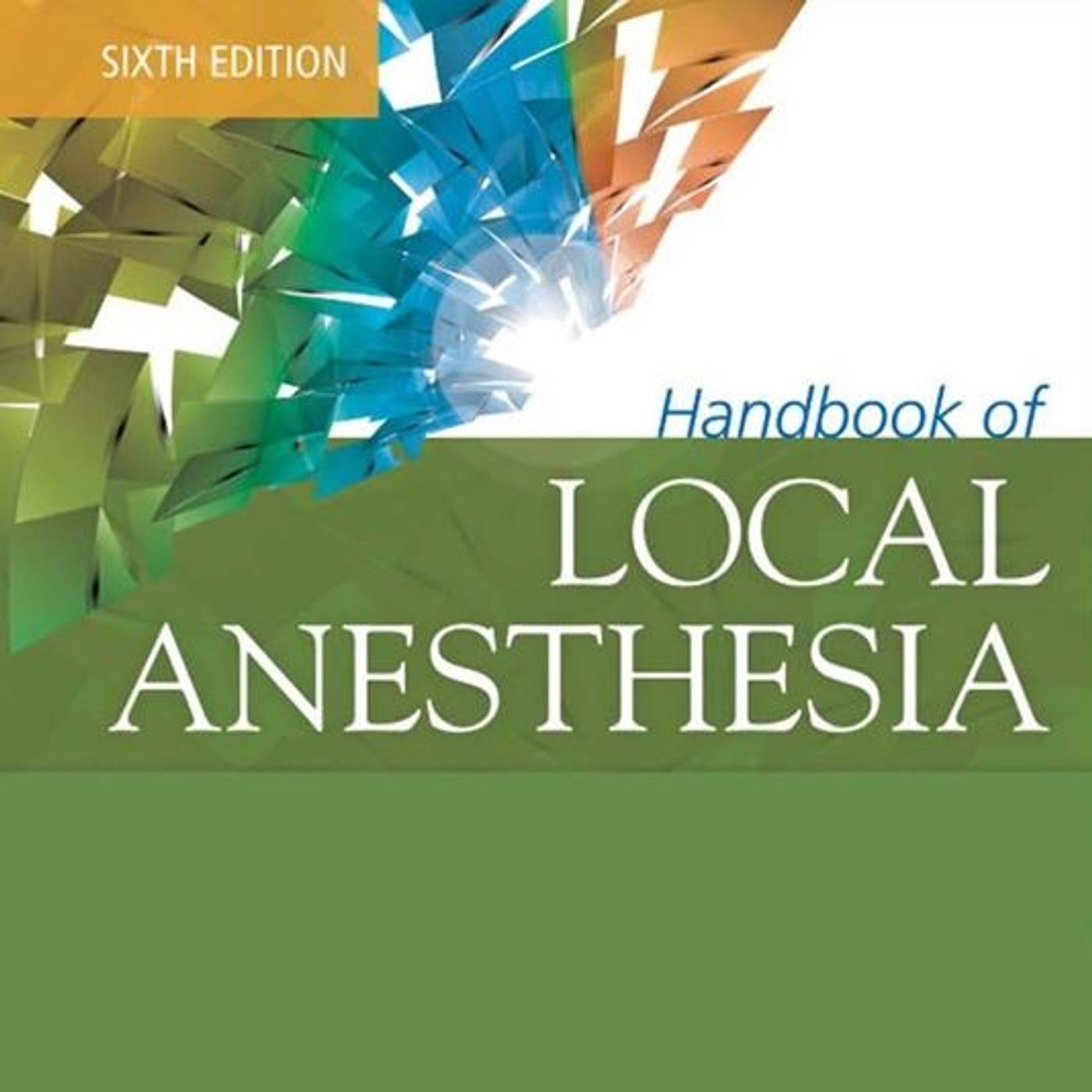
An extensive overview of local anesthesia in dentistry, detailing the pharmacology of various anesthetic agents like lidocaine, mepivacaine, and articaine, including their dosages, duration, and effects when combined with vasoconstrictors such as epinephrine. It also covers the armamentarium used for injections, discussing syringes, cartridges, and needle gauges, and introduces modern delivery systems like Computer-Controlled Local Anesthetic Delivery (C-CLAD). Significant attention is given to patient evaluation through medical history and physical status classification, as well as the techniques for administering local anesthetics for both maxillary and mandibular procedures, including various nerve blocks. Finally, the text addresses potential complications like needle...
Handbook of Orthodontics
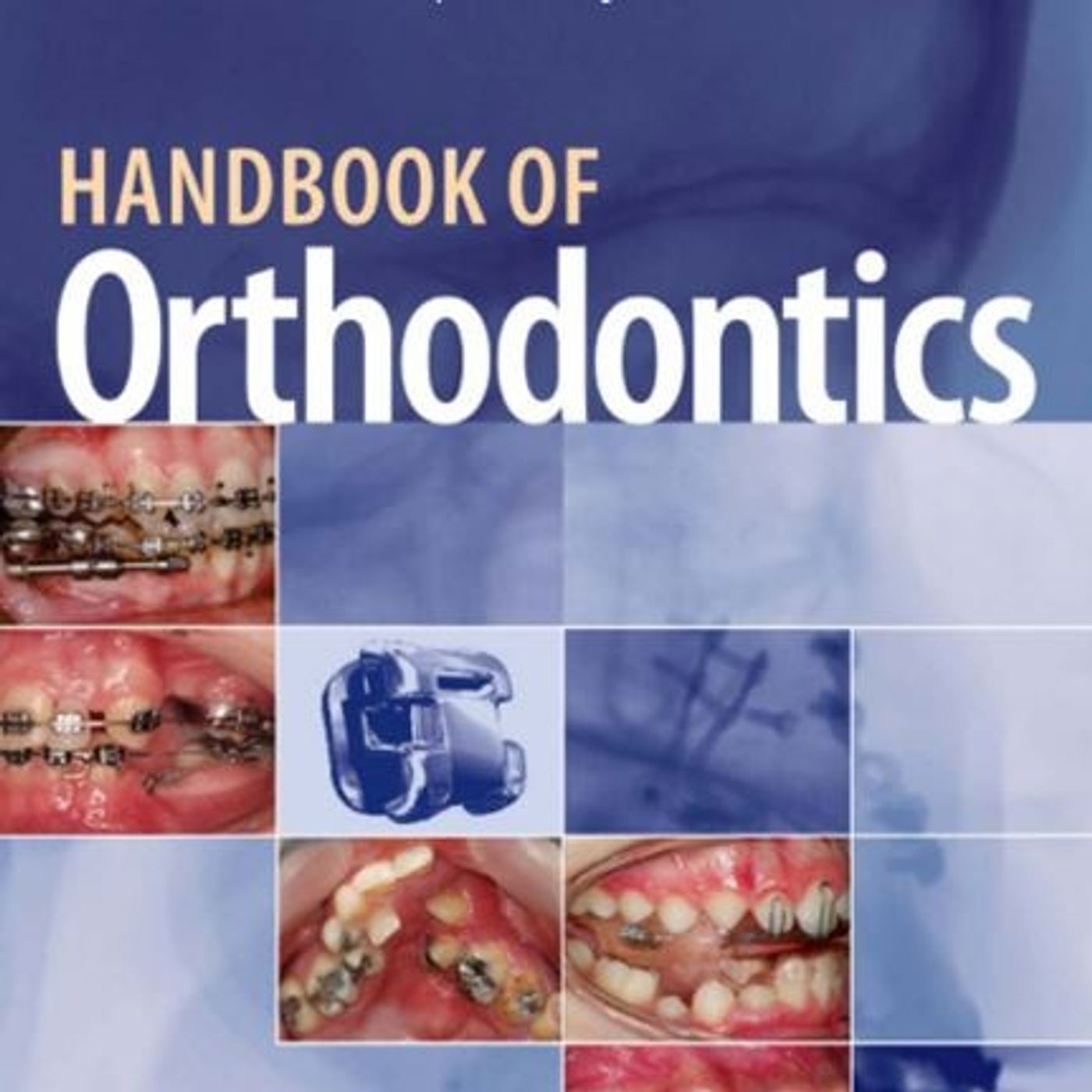
Covers a vast range of topics fundamental to the specialty, including the biological basis of craniofacial development from prenatal stages to postnatal growth, focusing heavily on bone remodeling, genetic influences, and the formation of the dentition. Significant attention is paid to the classification, examination, and diagnosis of malocclusion, utilizing various methods like Angle's classification and cephalometric analysis (including Steiner's and McNamara's analyses). Furthermore, the text details the mechanics and application of orthodontic treatment, covering removable and fixed appliances, root resorption risks, and the management of complex issues such as impacted teeth, hypodontia, and craniofacial syndromes like cleft lip and...
Functional Occlusion in Restorative Dentistry and Prosthodontics
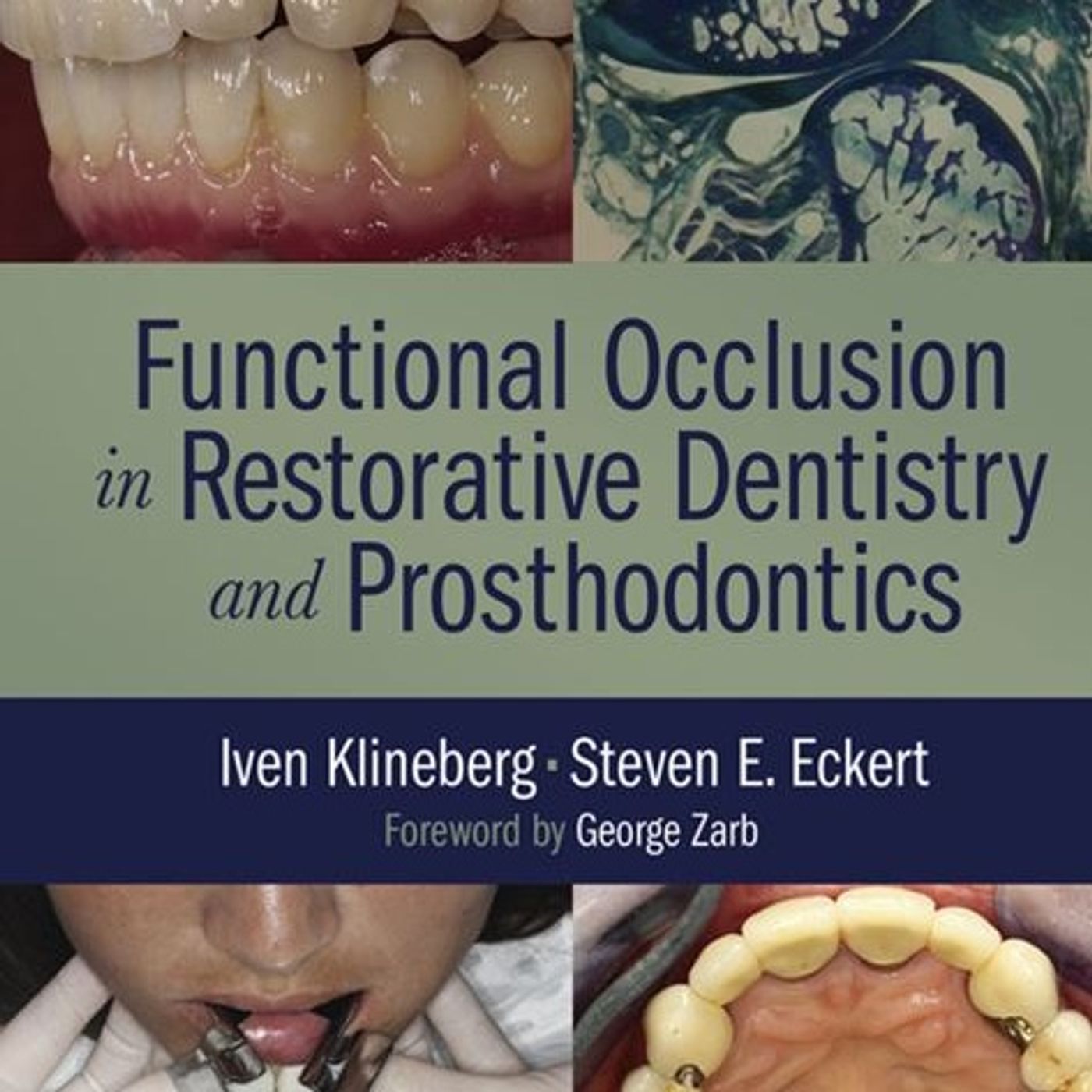
A detailed academic overview of the multifaceted concept of dental occlusion and its relationship to the broader masticatory system. The text extensively covers the biological and neurological framework of functional occlusion, examining peripheral sensory mechanisms like periodontal mechanoreceptors and central nervous system components such as neuroplasticity in the sensorimotor cortex, particularly as they relate to adaptation and pain. Significant attention is given to the temporomandibular joint (TMJ), discussing its complex anatomy, movement patterns, and common disorders like disk displacement and osteoarthritis, while challenging the historical assumption of a strong link between occlusal variables and TMJ disorders. Furthermore, the sources...
Feline Dentistry
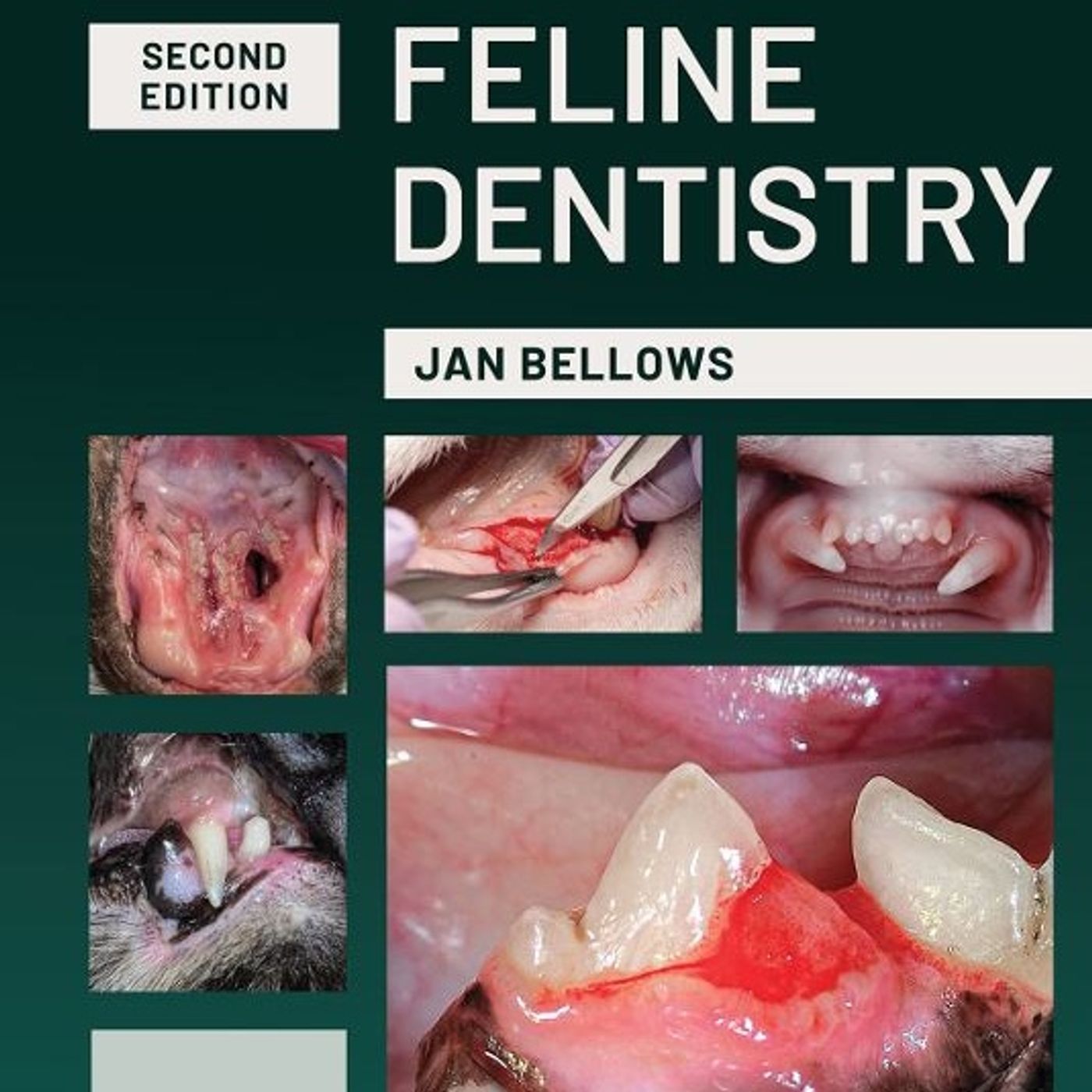
A comprehensive overview of feline dentistry, ranging from the anatomy of the oral cavity and dental operatory setup to advanced diagnostic and treatment protocols. The text highlights the importance of general anesthesia for thorough dental care and details numerous anesthetic agents and monitoring techniques. Specialized topics covered include the diagnosis and management of periodontal disease, tooth resorption, trauma, malocclusion, and feline chronic gingivostomatitis (FCGS), with emphasis on surgical extractions and other therapeutic interventions. A significant portion of the text is dedicated to Dr. Paul D. Pion, recognizing his foundational contributions to veterinary medicine, particularly his discovery linking taurine deficiency...
Exercises in Oral Radiology and Interpretation
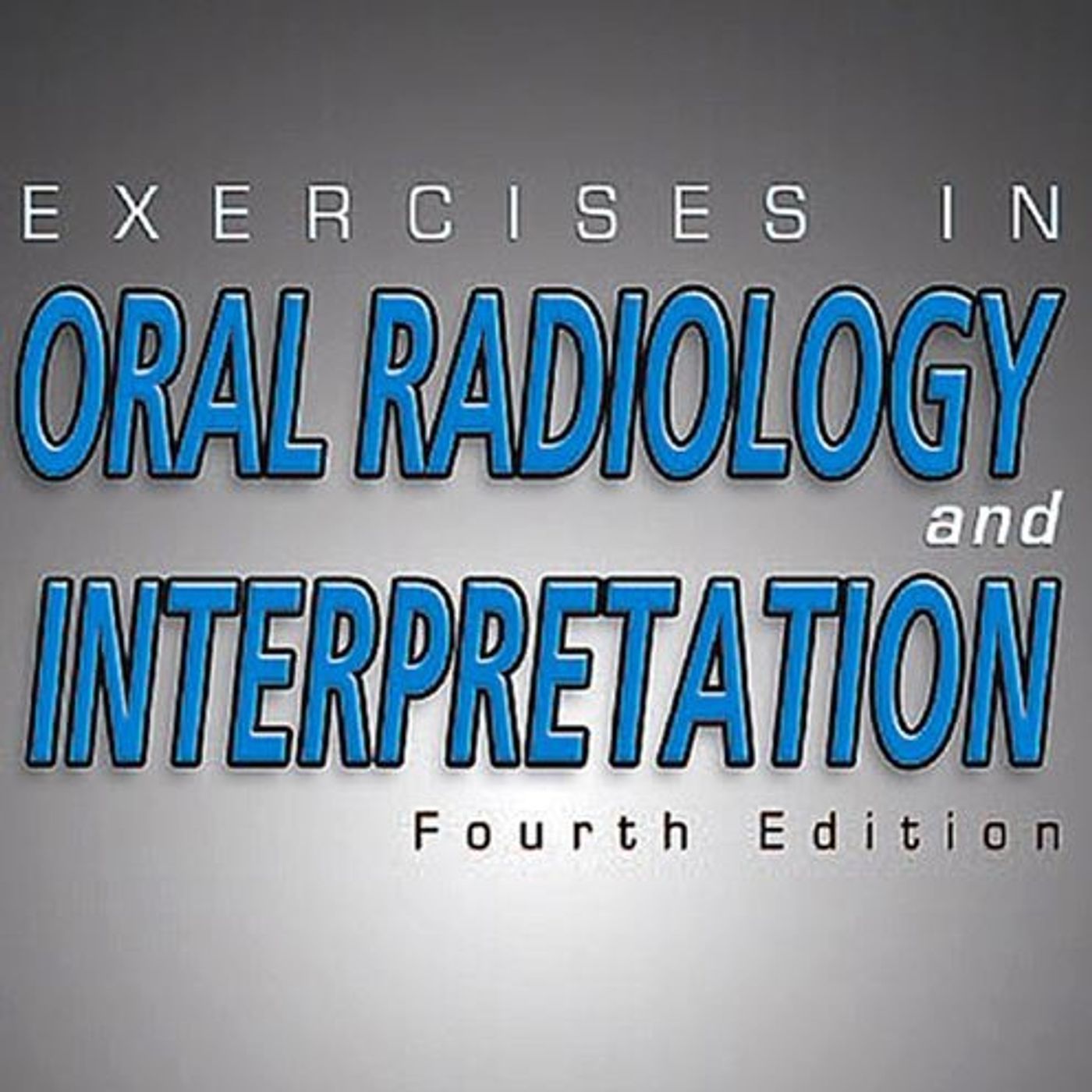
Focused on dental imaging and diagnosis. The content provides a comprehensive, question-and-answer format for students, covering fundamental concepts like normal anatomy seen in radiographs, the identification of dental materials and foreign objects, and the recognition of technique errors in both intraoral and panoramic radiography. A significant portion of the material is dedicated to the principles, devices, and practical use of digital imaging systems, including detailed steps for image acquisition and post-capture processing like histogram adjustments. Finally, the text also explores advanced topics such as radiation health and safety procedures and the assessment and interpretation of various dental anomalies and...
Functional Occlusion: From TMJ to Smile Design
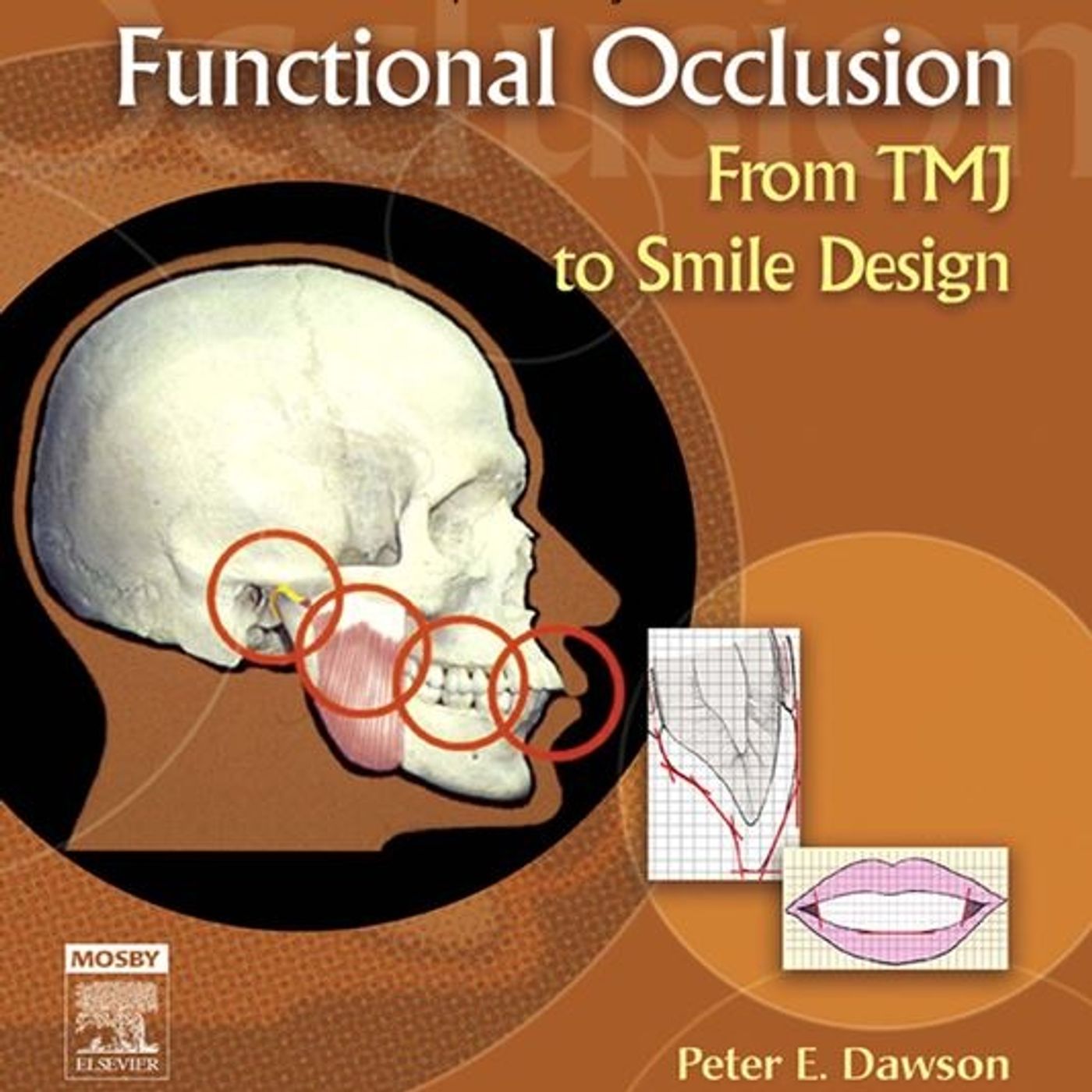
Focuses on the complex masticatory system and the principles of "complete dentistry". The text emphasizes the critical importance of a stable and harmonious relationship between the temporomandibular joints (TMJs), the masticatory muscles, and the occluding surfaces of the teeth for optimal oral health. It covers diagnostic procedures like centric relation determination and load testing, discusses various occlusal disorders such as wear and pain, and details treatment modalities including occlusal equilibration, splint therapy, and restorative techniques. Furthermore, the author advocates for programmed treatment planning and cautions against relying on symptoms alone, stressing the need to address the underlying causative factors...
Suction-Effective Mandibular SEMCD: Complete Denture
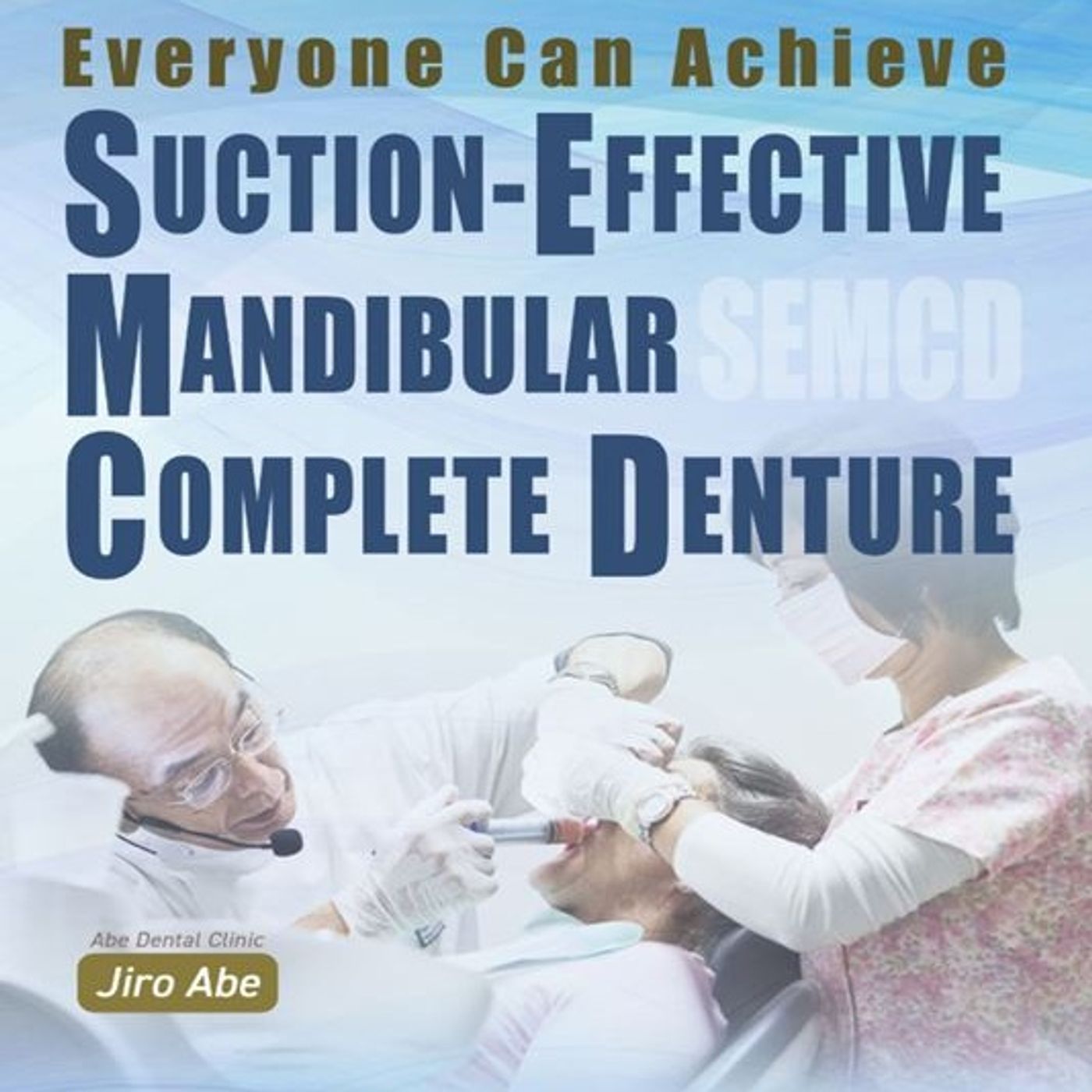
An extensive overview of a dental technique called Suction-Effective Mandibular Complete Denture (SEMCD), developed by Jiro Abe of Abe Dental Clinic, and its integration with the Biofunctional Prosthetic System (BPS). The material is structured into chapters that cover the fundamentals of BPS, the combination of SEMCD and BPS through analog and digital workflows, and the mechanisms of mandibular and maxillary denture suction. Significant attention is paid to the impression and bite registration techniques, including the innovative Frame Cut Back (FCB) Tray, necessary for achieving effective denture suction. Furthermore, the text details the procedures for final impression, tooth set-up, wax...
Evidence‐based Implant Treatment Planning and Clinical Protocols
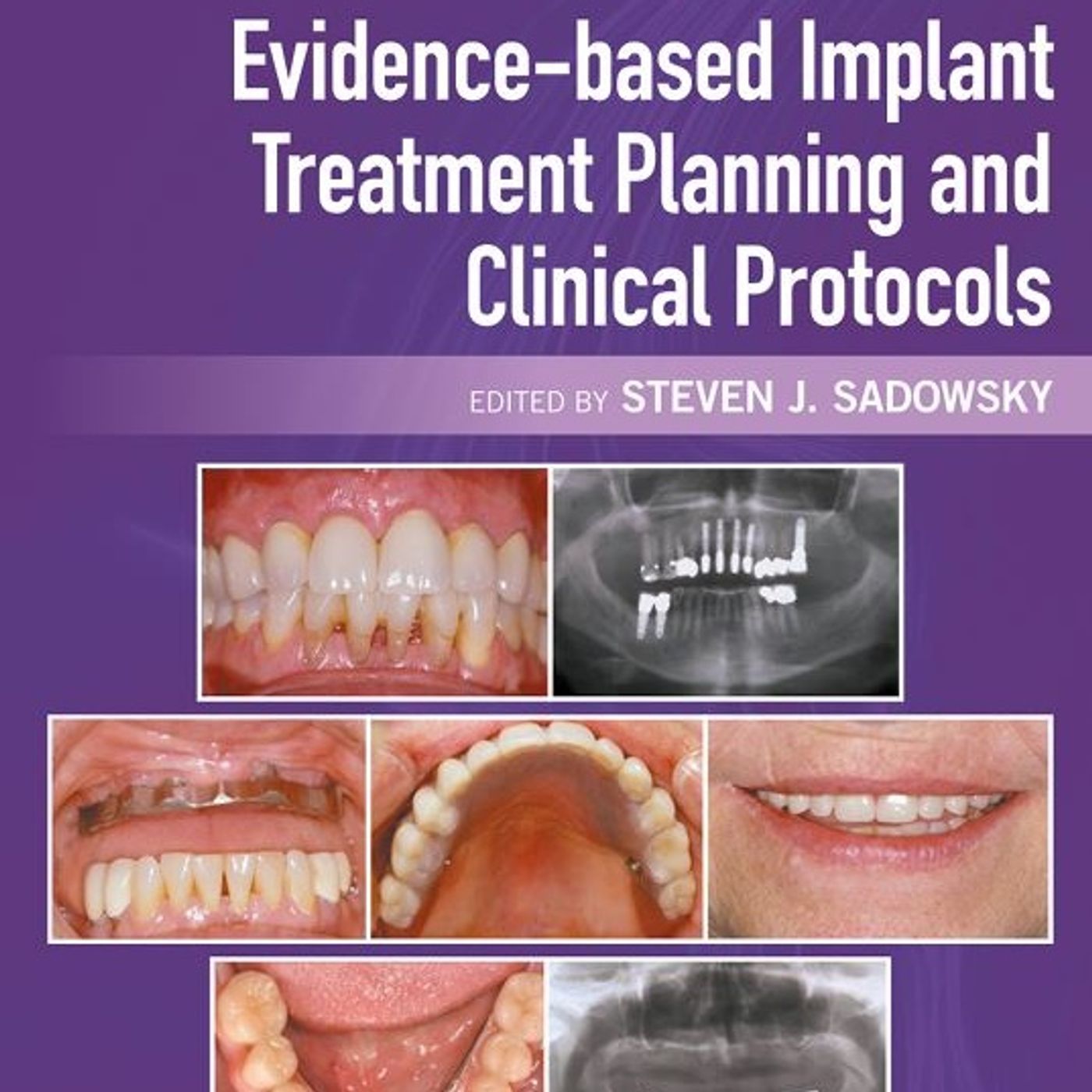
A comprehensive overview of evidence-based implant dentistry, drawing upon the expertise of multiple dental professors. The content focuses heavily on clinical protocols and challenges associated with implant treatment, particularly addressing peri-implant diseases such as mucositis and peri-implantitis, emphasizing that cement-retained restorations pose a higher risk. Several chapters also discuss surgical considerations, including the use of CBCT and guided surgery, and the management of systemic and local risk factors like diabetes, smoking, and anticoagulation. Finally, the source evaluates various prosthetic designs and materials, including screw-retained versus cement-retained restorations, and the technical aspects of digital workflow and maintenance for edentulous patients.<...
Fundamentals of Oral Radiology
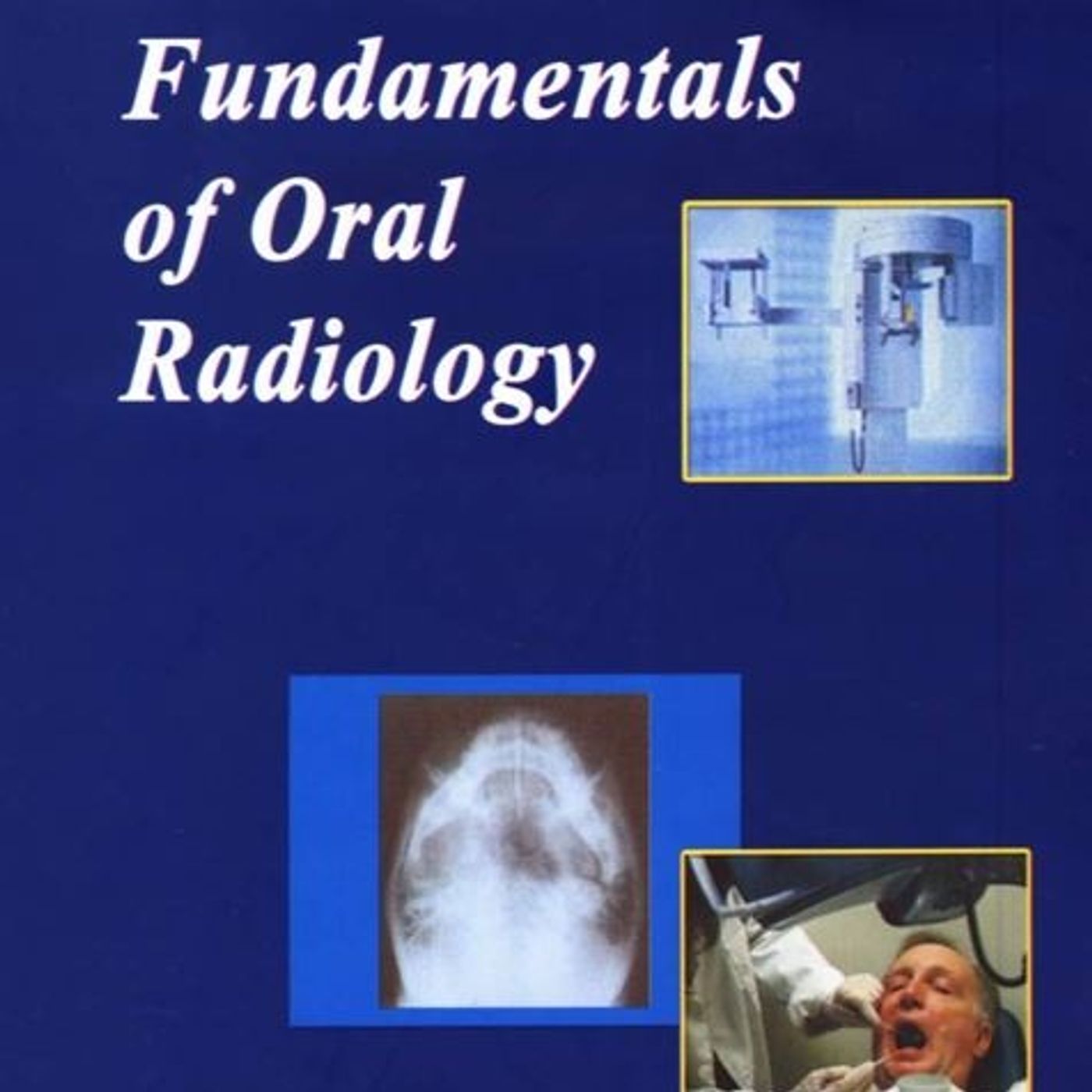
A comprehensive overview of dental radiography principles and practices. The text explains fundamental concepts related to X-rays, including atomic structure, radiation physics, and the operation of X-ray equipment. It heavily focuses on the biological effects and potential hazards of radiation exposure, detailing the mechanisms of injury and methods for dose measurement and radiation protection for both patients and operators. Furthermore, the material covers practical applications in dentistry, such as the construction and handling of intra-oral dental X-ray films, different radiographic examinations (periapical, bitewing, and occlusal), and various localization techniques.
Fundamentals of Implant Dentistry: Prosthodontic Principles Vol 1
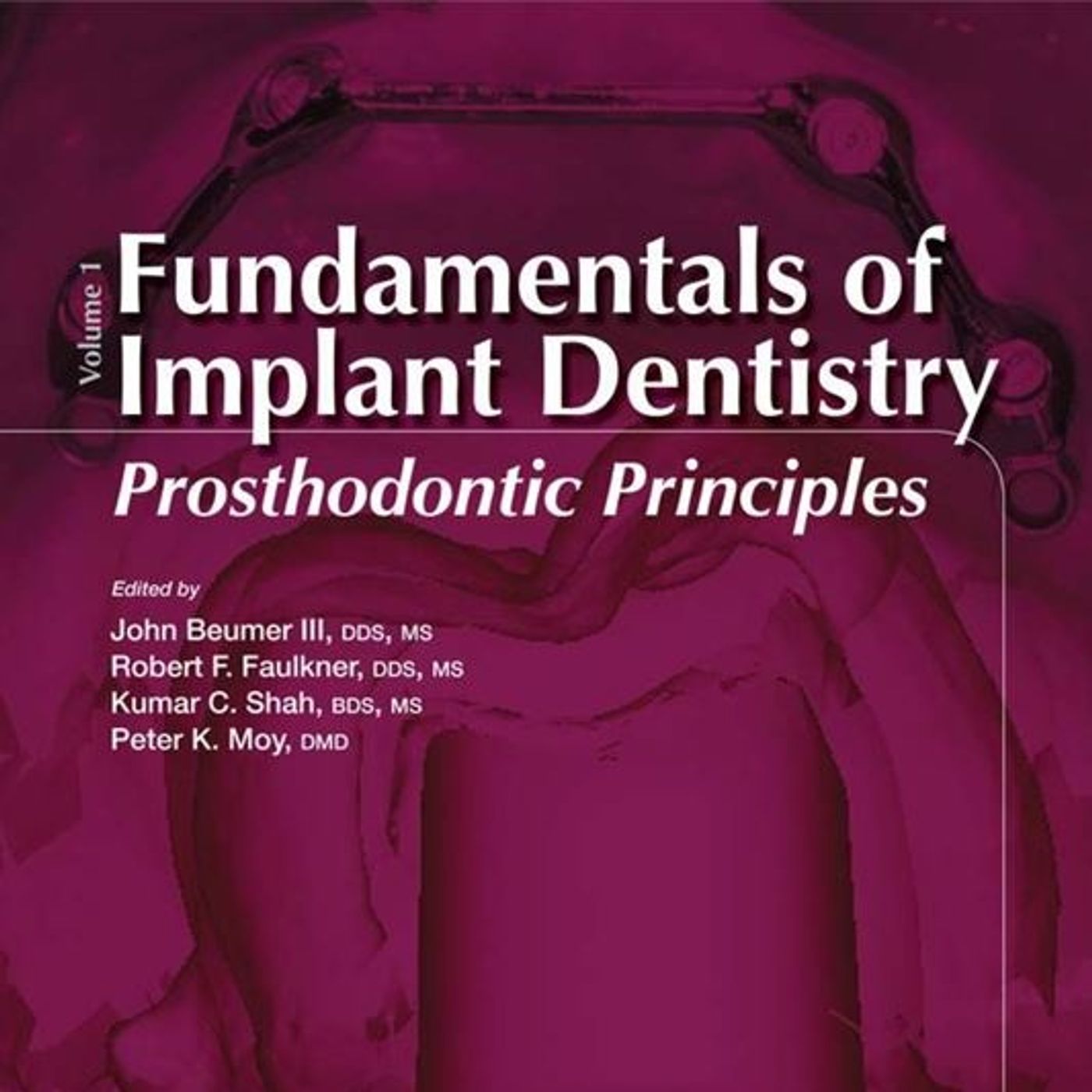
An extensive overview of implant dentistry, focusing on the prosthodontic principles for restoring both fully and partially edentulous patients. Content is structured around various clinical scenarios, including the restoration of the edentulous maxilla and mandible using overdentures and fixed prostheses, as well as specialized topics like implants in irradiated tissues and orthodontic applications. Significant attention is given to implant biomechanics, encompassing factors such as screw retention versus cementation, implant angulation and positioning, and the impact of different prosthetic materials like metal-ceramic and zirconia. Furthermore, the text examines the biologic sequence of osseointegration, discussing variables such as surface topography and...
Fundamentals of Implant Dentistry: Surgical Principles Vol_2
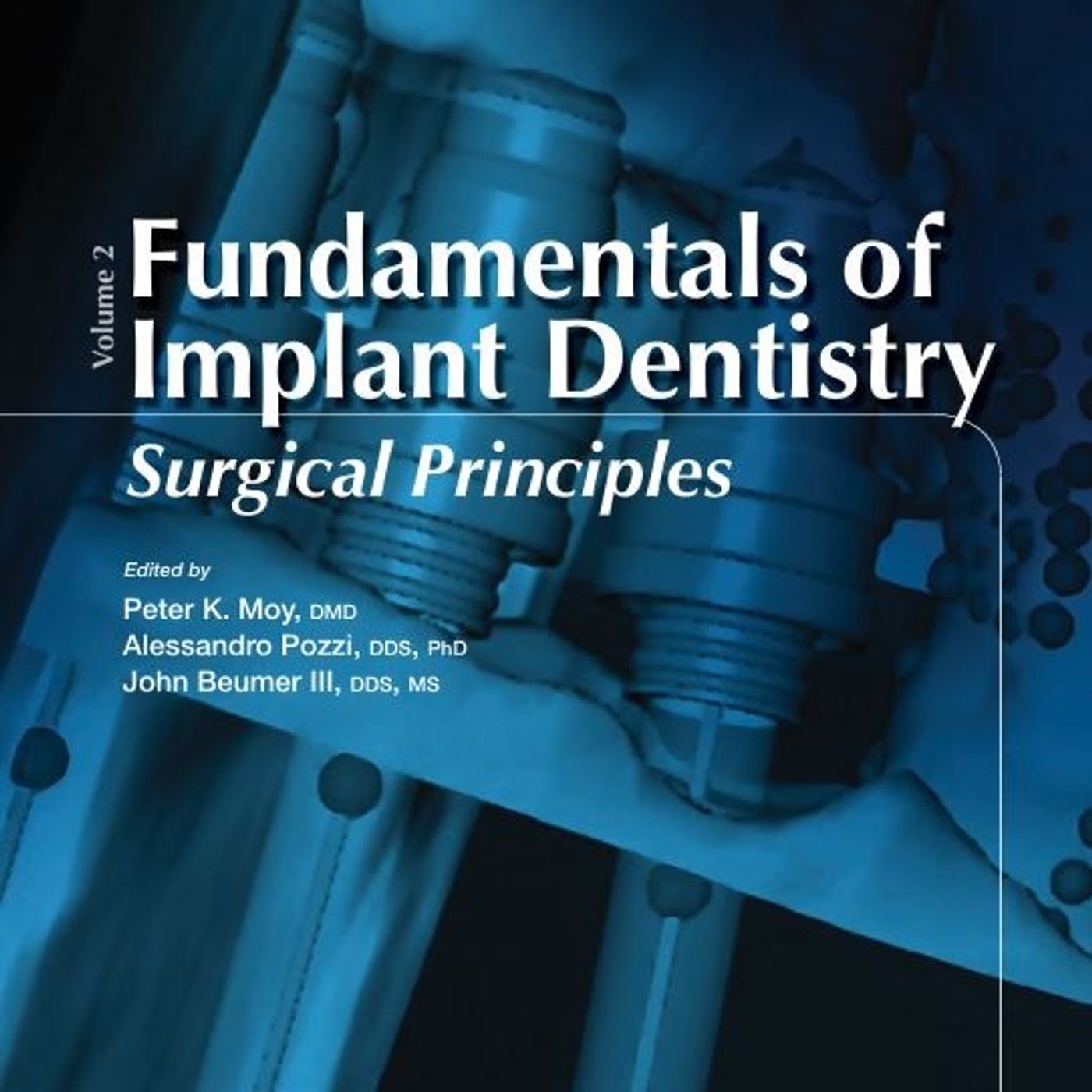
A comprehensive overview of implant dentistry, detailing the surgical principles and biological foundations of osseointegration. They describe the necessity of interdisciplinary collaboration between surgeons and restorative dentists, emphasizing a prosthodontically driven approach to treatment planning using tools like CBCT scans and guided surgery. Much attention is given to the evolution of implant surfaces to enhance bone integration, including discussions on surface modifications and the effect of micromovement on healing. Furthermore, the text thoroughly examines hard and soft tissue augmentation techniques, such as sinus lifts and bone grafting, alongside critical considerations for managing patients with complex medical histories or in...
Handbook of Orthognathic Treatment
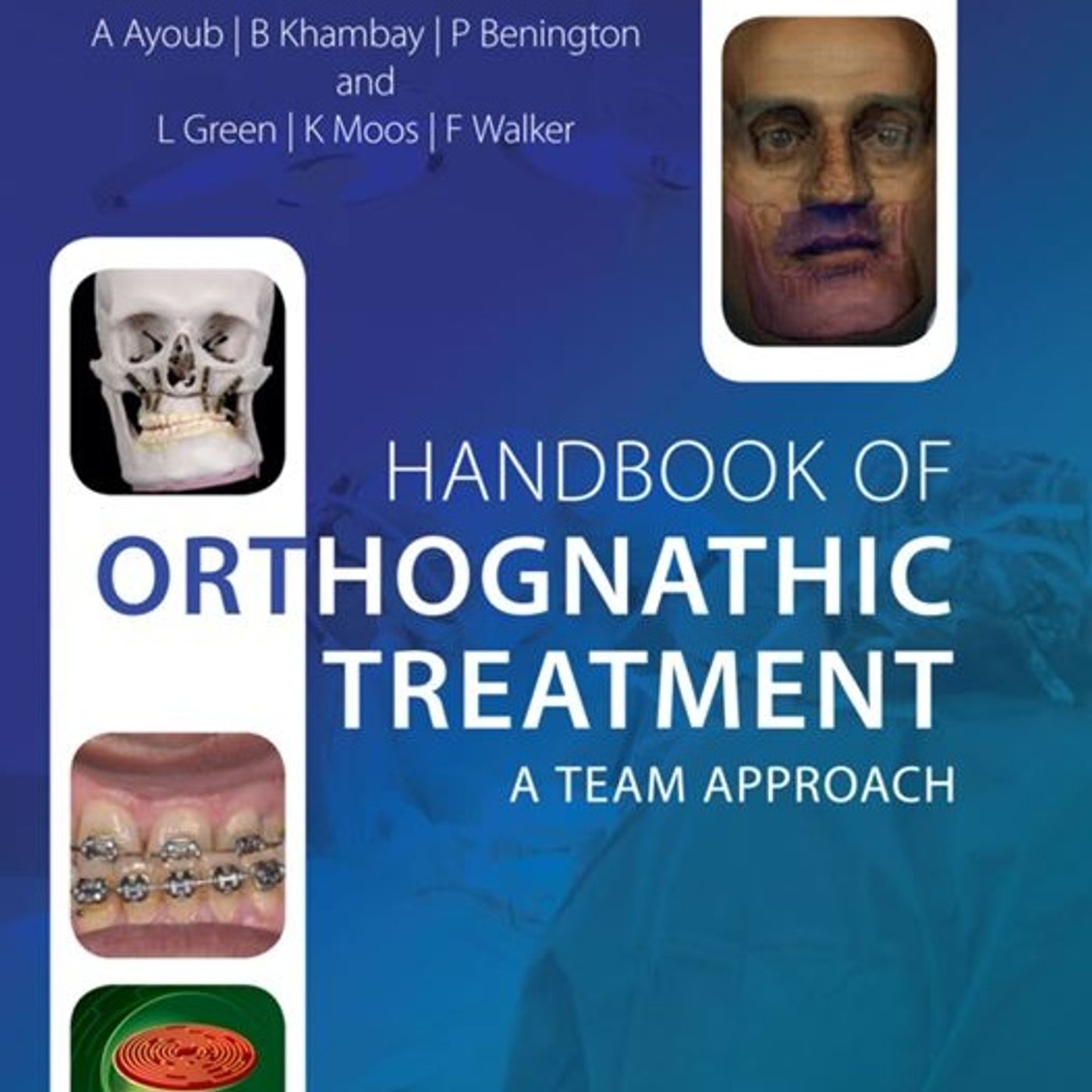
Focuses on the complex, multidisciplinary process of orthognathic surgery, which corrects jaw and facial deformities. The text extensively details the crucial role of psychological assessment and therapeutic input, noting how mental health issues like body dysmorphic disorder, social phobia, or depression can affect treatment satisfaction and outcome. Furthermore, the material outlines meticulous dentofacial assessment methods, including clinical examination, detailed measurements of facial soft tissues and bony landmarks, and various diagnostic records like cephalometrics and stereophotogrammetry. Finally, the sources review surgical planning techniques and the role of pre-surgical orthodontics, describing procedures like the Le Fort I osteotomy and sagittal split...
Handbook of Oral Disease: Diagnosis and Management
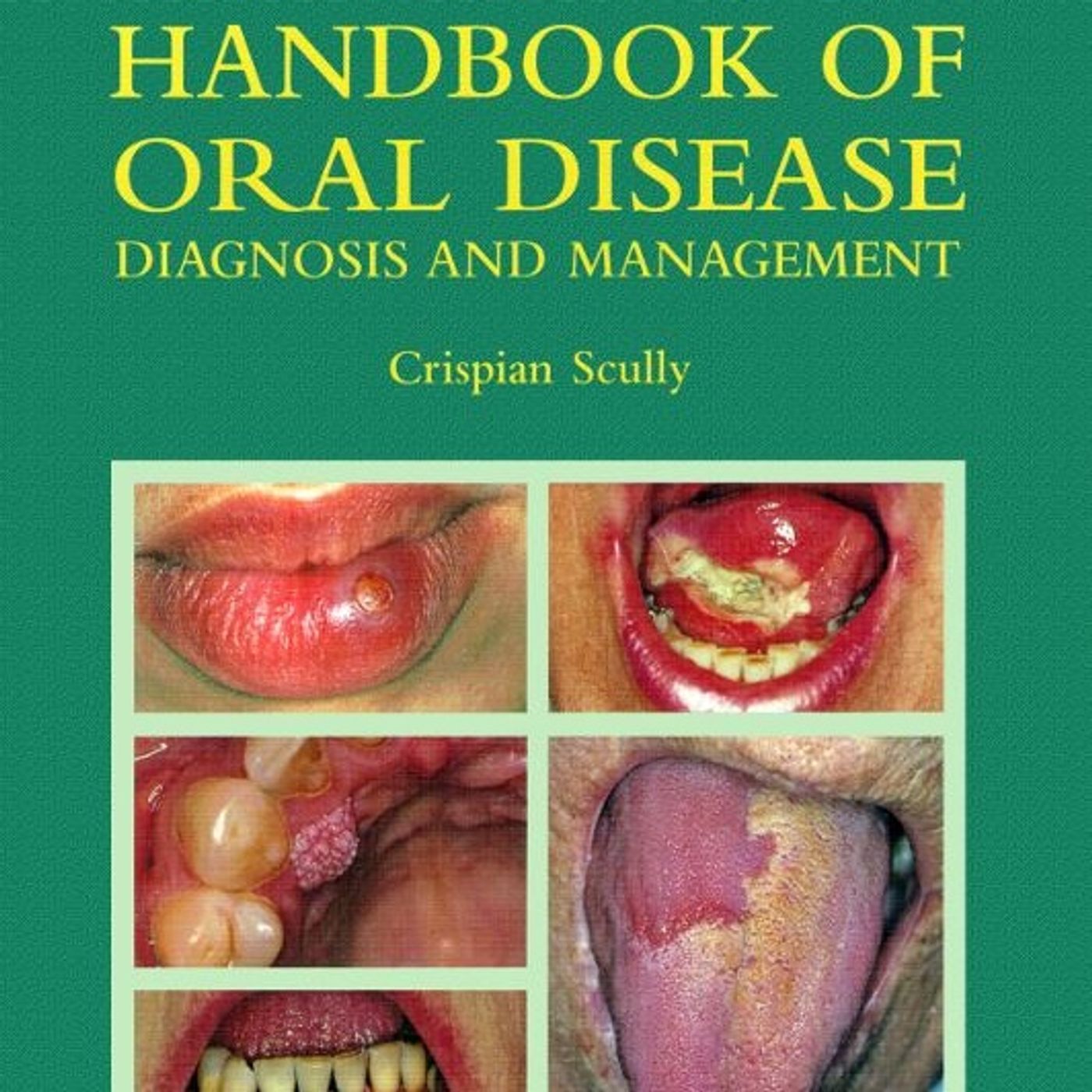
Providing comprehensive information on various oral, dermatological, and surgical conditions. Specifically, one source is a handbook on oral disease diagnosis and management that discusses symptoms, diagnosis, and treatment for conditions like xerostomia, oral pain, and malignant ulcers. Other sources include a textbook on pediatric dermatology and three books on laser surgery and lipoplasty, focusing on techniques, patient selection, complications, and the use of lasers for skin and cosmetic procedures. Collectively, these materials serve as detailed resources for medical professionals regarding the pathology, clinical features, and management strategies across several fields, including oral medicine, dermatology, and plastic surgery.
Handbook of Orthodontics
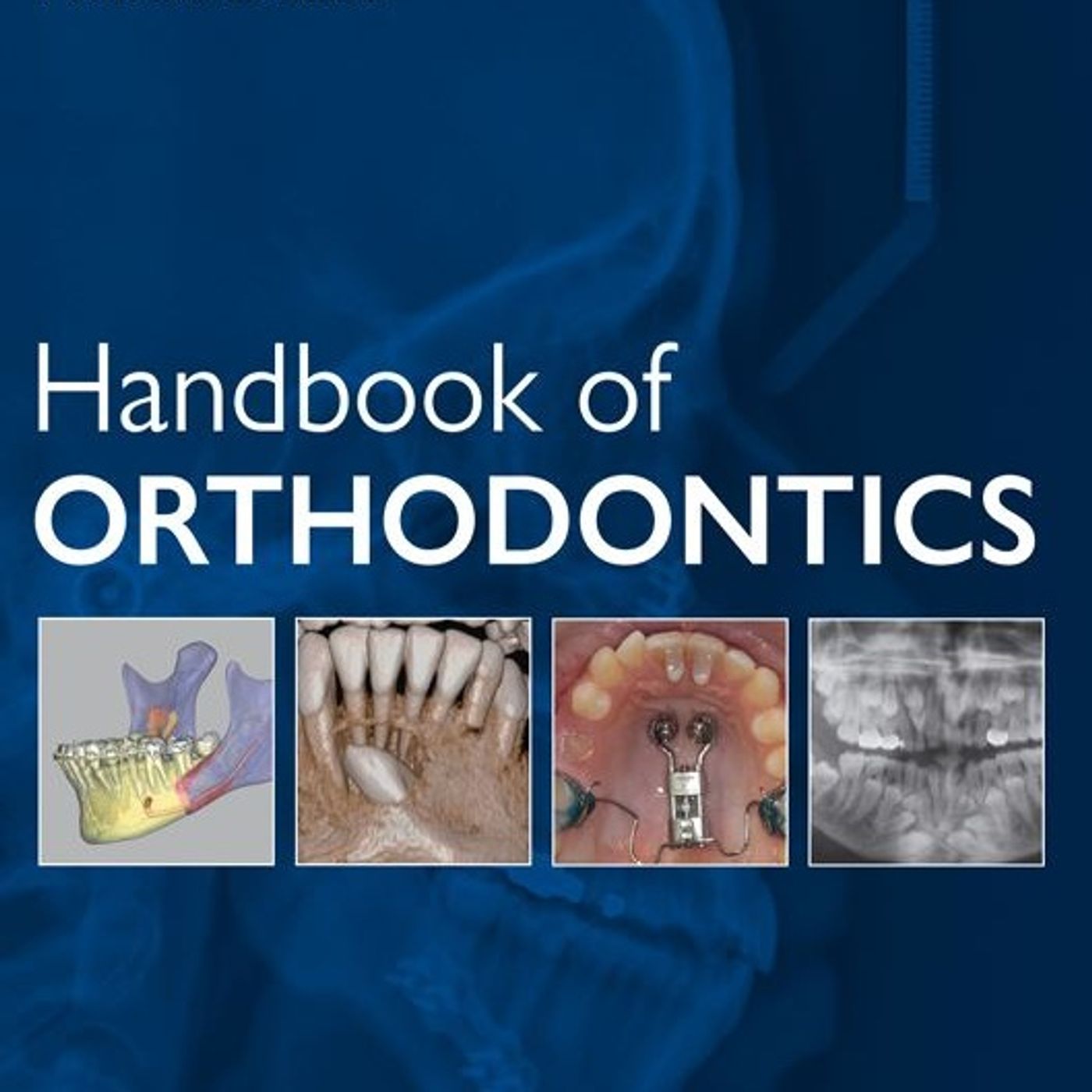
A handbook on orthodontics, detailing various aspects of the specialty, from foundational principles to clinical practice. The content covers the complexities of clinical research in orthodontics, discussing the limitations and benefits of different study designs like Randomised Controlled Trials (RCTs) and case-control studies, and the importance of sample size and analysis methods like Intention-To-Treat (ITT). Furthermore, the source provides an overview of craniofacial growth and development, including the mandible and maxilla, the aetiology of malocclusion concerning both genetic and environmental factors, and the classification of dental relationships such as Angle's molar classification. Finally, the text explores orthodontic mechanics, appliance...
Essentials of Pediatric Oral Pathology
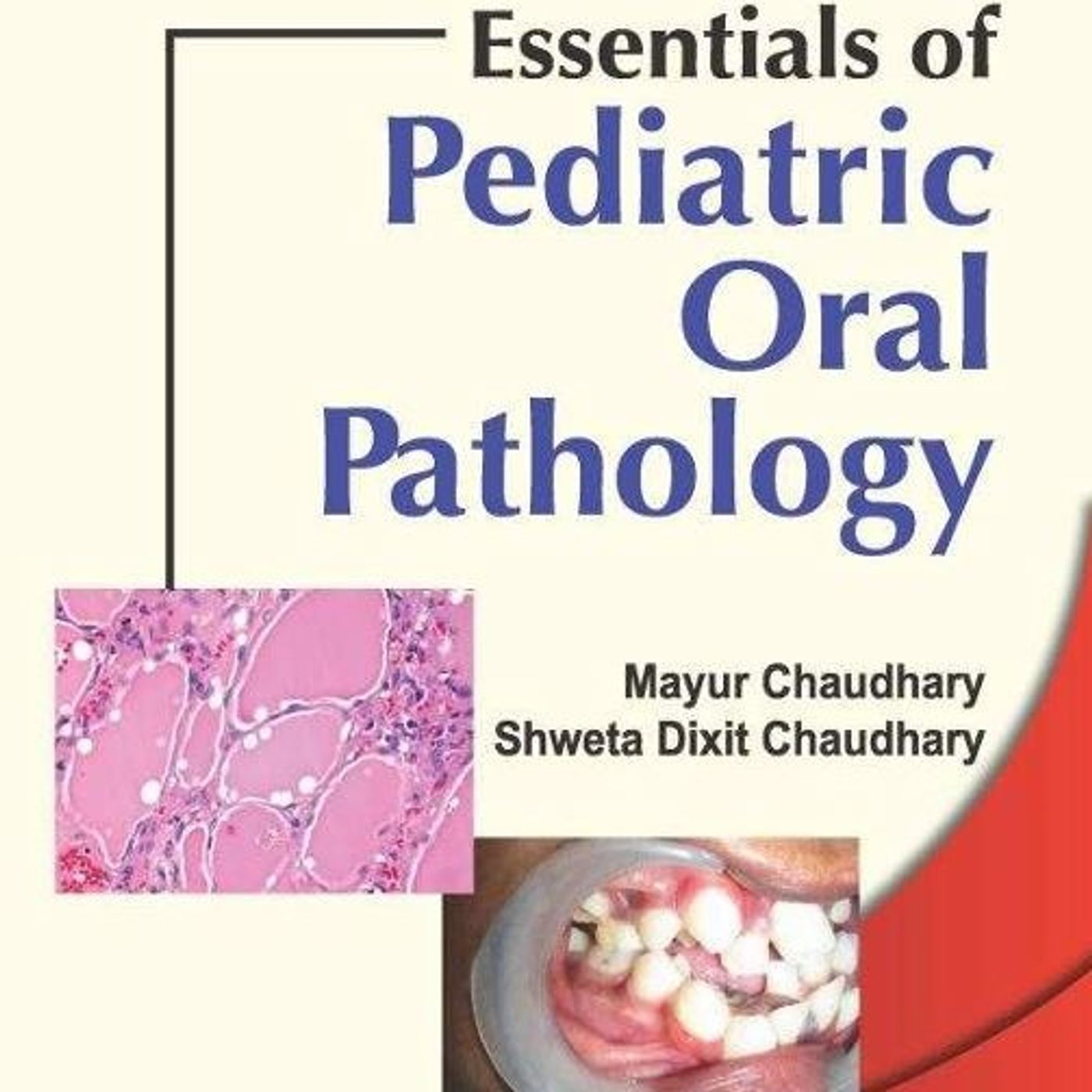
Focuses on the diagnosis, etiology, pathogenesis, and management of various oral and craniofacial diseases in children. The text covers a broad spectrum of topics, including developmental disturbances like cleft lip and palate and dental anomalies, infectious diseases such as dental caries and syphilis, and hematological and genetic disorders with oral manifestations like anemia and osteogenesis imperfecta. Furthermore, the book dedicates a section to the principles and applications of Forensic Odontology in Children, particularly concerning identification methods using dental evidence and the detection of child abuse and neglect. The authors note the inclusion of appendices with normal values for pediatric...
Essentials Of Esthetic Dentistry: Principles and Practice of Esthetic Dentistry
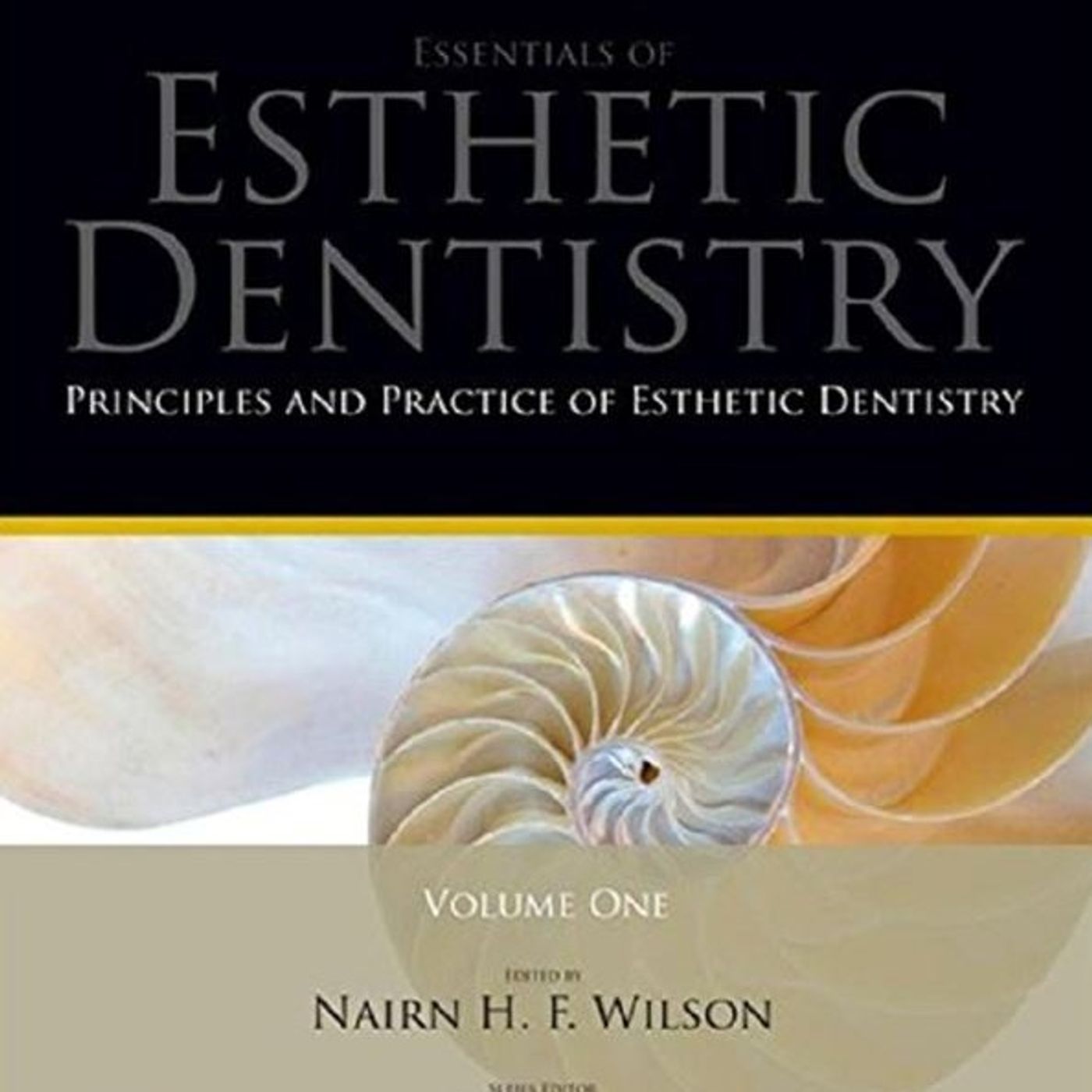
A Book on esthetic dentistry, covering foundational principles and practices for practitioners. The material emphasizes that successful esthetic dentistry requires a comprehensive approach encompassing detailed patient history, meticulous examination, and appropriate treatment planning that prioritizes oral health and minimal intervention. Ethical considerations, such as avoiding induced consent, deceptive advertising, and fraudulent research, are discussed in depth to guide professional conduct. Furthermore, the excerpts explore the psychology of facial attractiveness, technical aspects of dental procedures like composites and indirect restorations, and the crucial role of effective communication and teamwork with dental technologists.
Essentials of Dental Radiography and Radiology
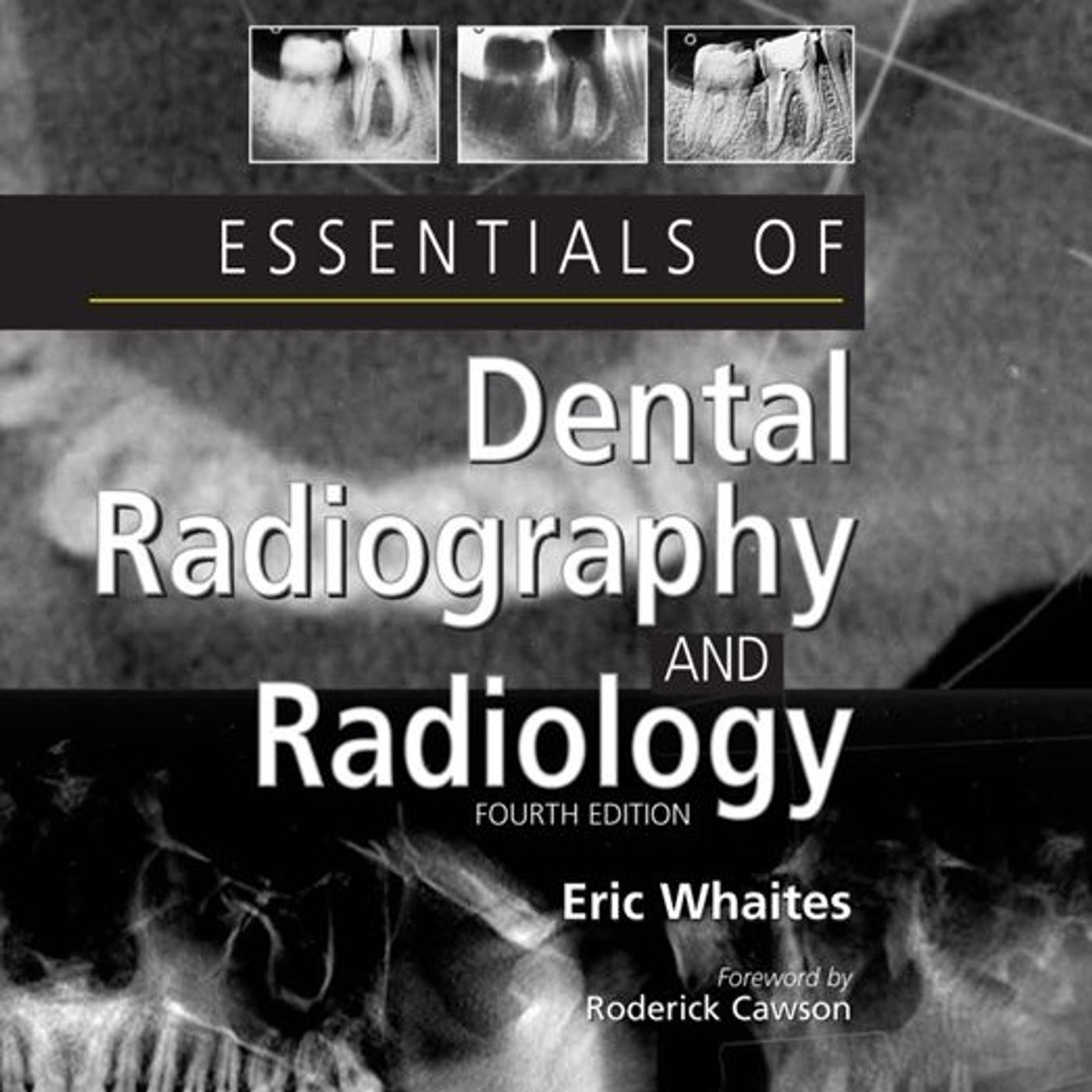
A comprehensive overview of dental imaging techniques and related scientific principles. The text covers the fundamental physics of X-rays and their interaction with matter, different radiographic imaging modalities (including film-based, digital, and advanced techniques like CBCT and MRI), and radiation protection regulations for staff and patients. A significant portion of the material is dedicated to radiological interpretation, focusing on the radiographic appearance of dental diseases such as caries, periapical, and periodontal conditions, as well as the differential diagnosis of radiolucent and radiopaque lesions in the jaws. The final chapters discuss specialized topics, including the imaging of the maxillary antra...
Essential Microbiology for Dentistry
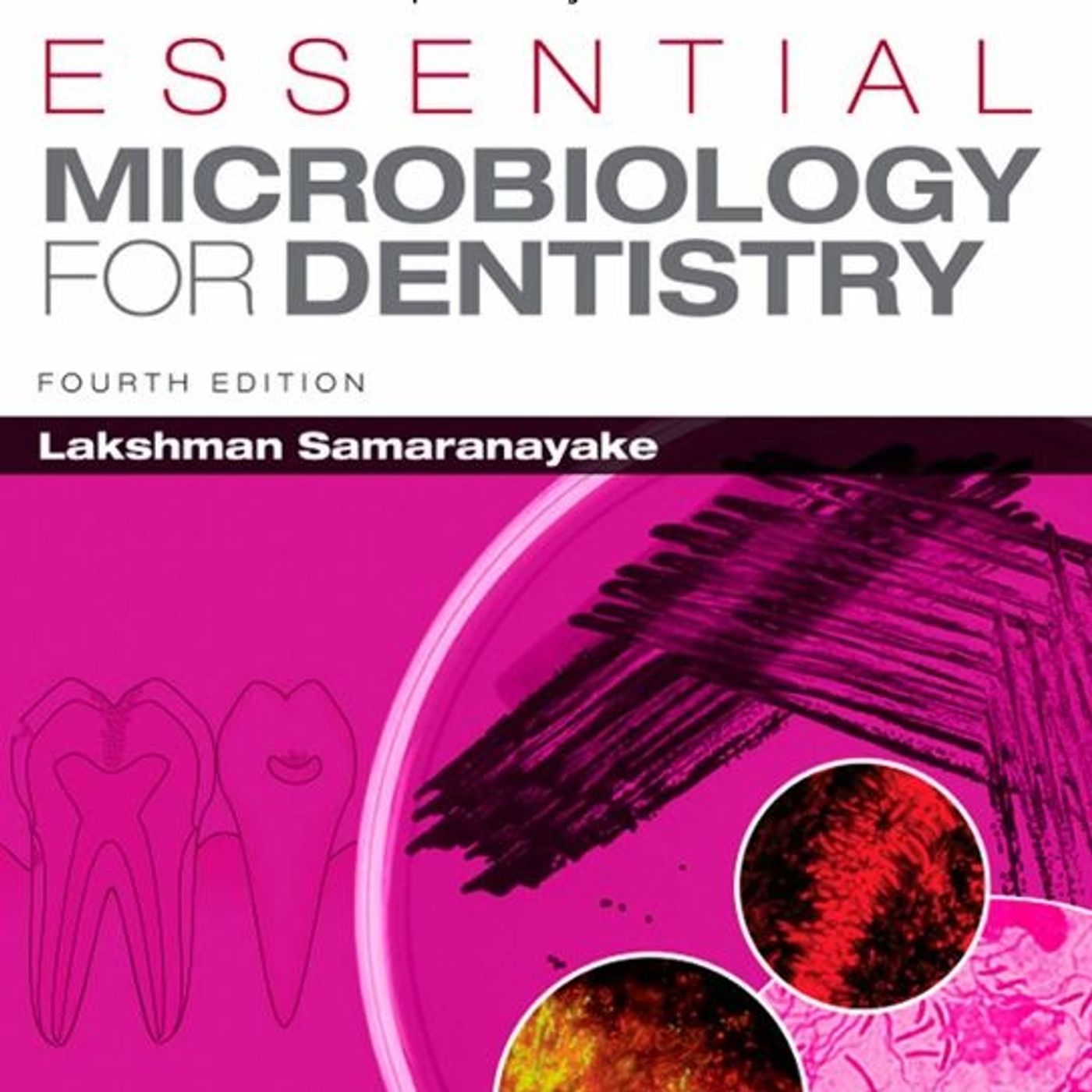
Covering a broad range of microbial topics. The material provides a comprehensive overview of general microbiology, including the structure, genetics, and classification of bacteria, viruses, and fungi, alongside detailed sections on pathogenesis, diagnostic methods, and antimicrobial chemotherapy. Specific chapters address the microbiology of various infectious diseases affecting different body systems, such as the respiratory, cardiovascular, gastrointestinal, and genitourinary tracts, with a particular focus on oral and dental infections, including caries and periodontal disease. Finally, the text concludes with a section on infection control protocols and vaccination relevant to dental practice.
Essential Head and Neck Oncology and Surgery
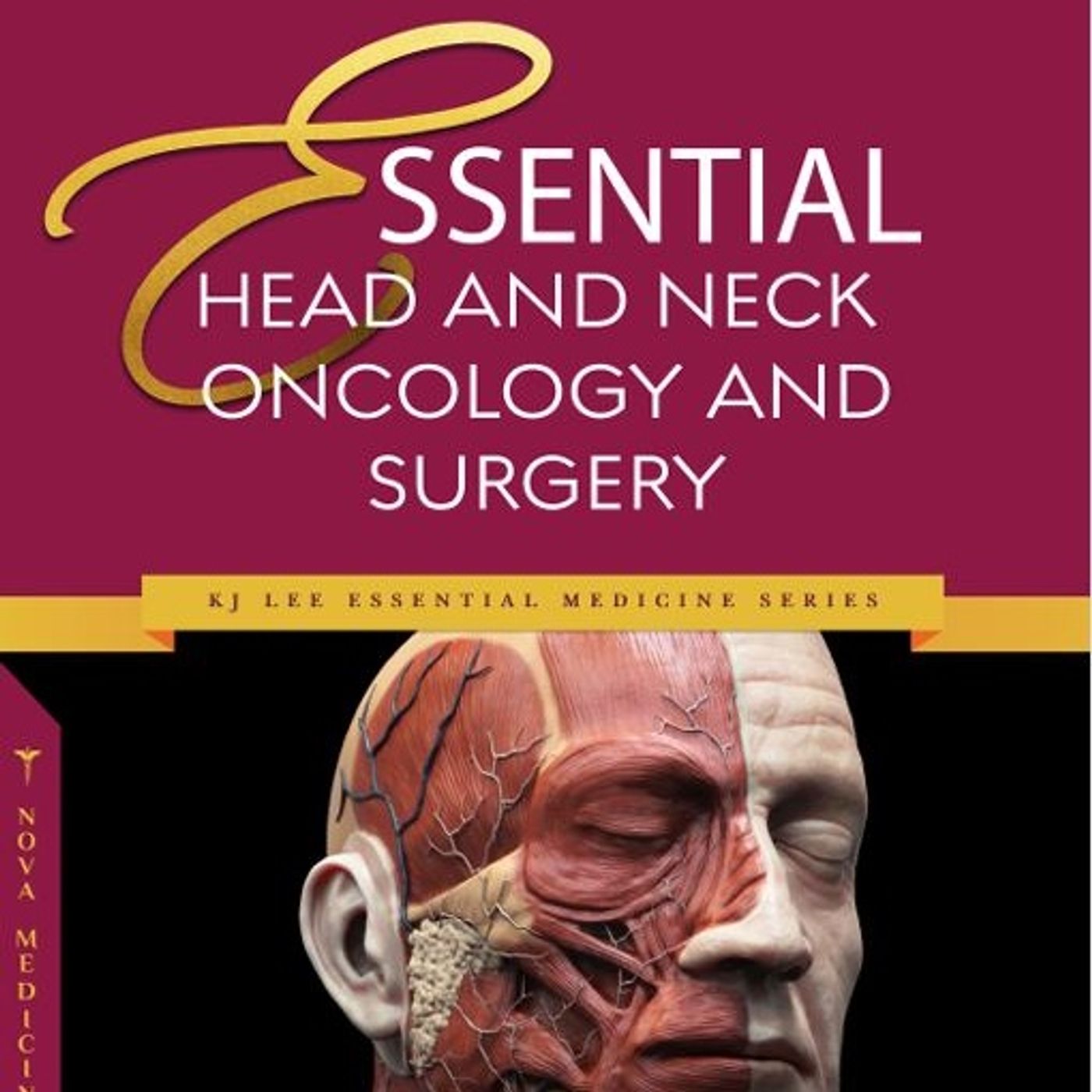
An extensive academic overview of oncology and surgery of the head and neck, focusing heavily on anatomical structures and pathologies. The sources discuss fundamental topics such as the temporal bone and skull anatomy, covering intricate details of the ear's innervation and fluid composition, and provide in-depth information on thyroid and parathyroid diseases, including the diagnosis, staging, and treatment of various carcinomas and nodules. Furthermore, the material explores malignancies and benign conditions of the salivary glands, larynx, hypopharynx, and sinonasal region, outlining surgical approaches like minimally invasive techniques and traditional neck dissection, alongside discussions on wound healing, reconstructive surgery, and...
Endodontology
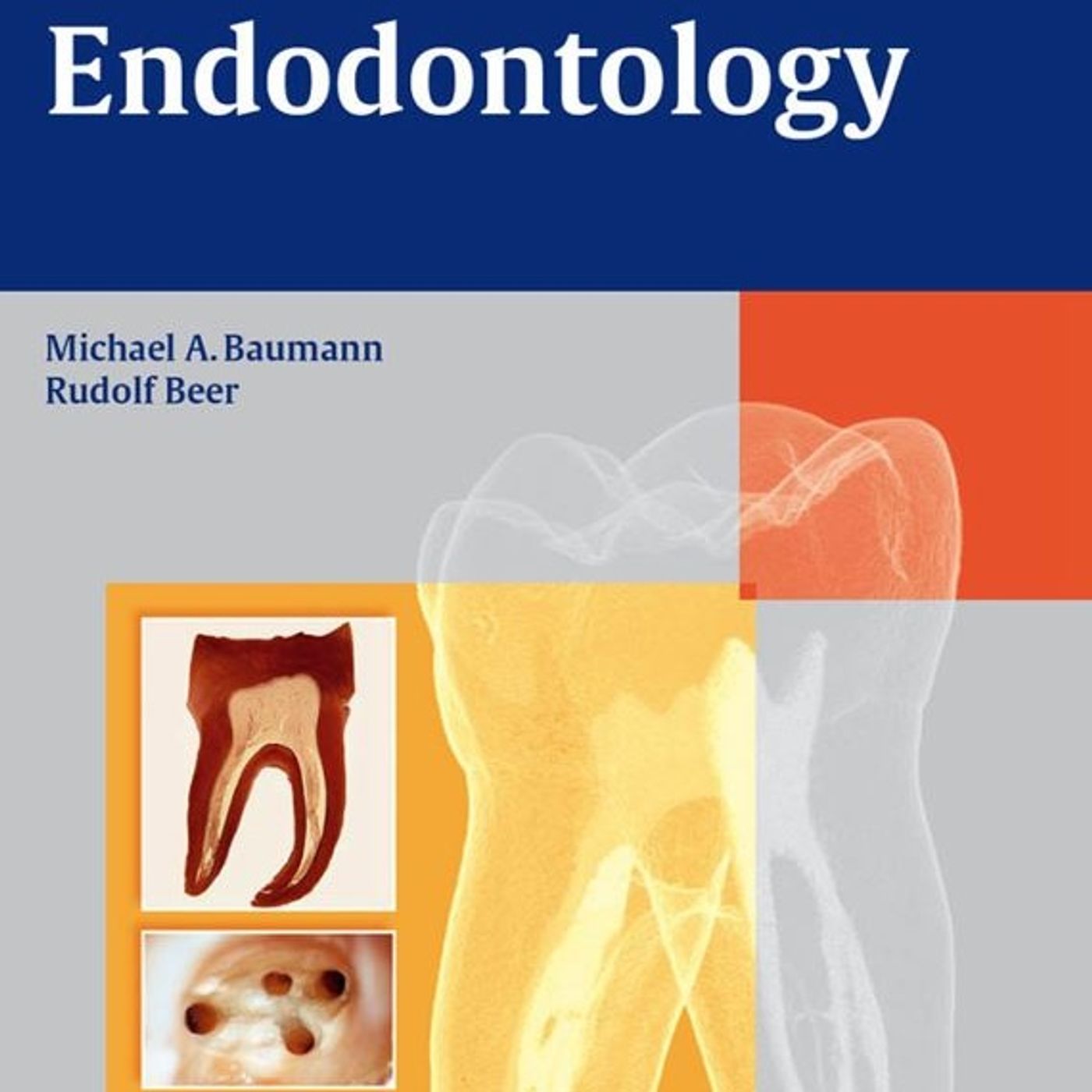
A comprehensive overview of the field of endodontics, focusing heavily on root canal treatment procedures and materials. The text discusses the biologic and histologic foundations of the pulp and periapical tissues, including inflammation and bacterial etiology, alongside practical clinical aspects such as diagnosis, working length determination, and local anesthesia. A significant portion of the material examines various engine-driven and hand instrumentation systems, including the properties of Nickel-Titanium (NiTi) files, techniques for root canal disinfection and irrigation, and methods for obturation (filling) using gutta-percha and different sealers. Furthermore, the excerpts cover complex procedures like endodontic retreatment, management of dental trauma...
Endodontics Volume 2
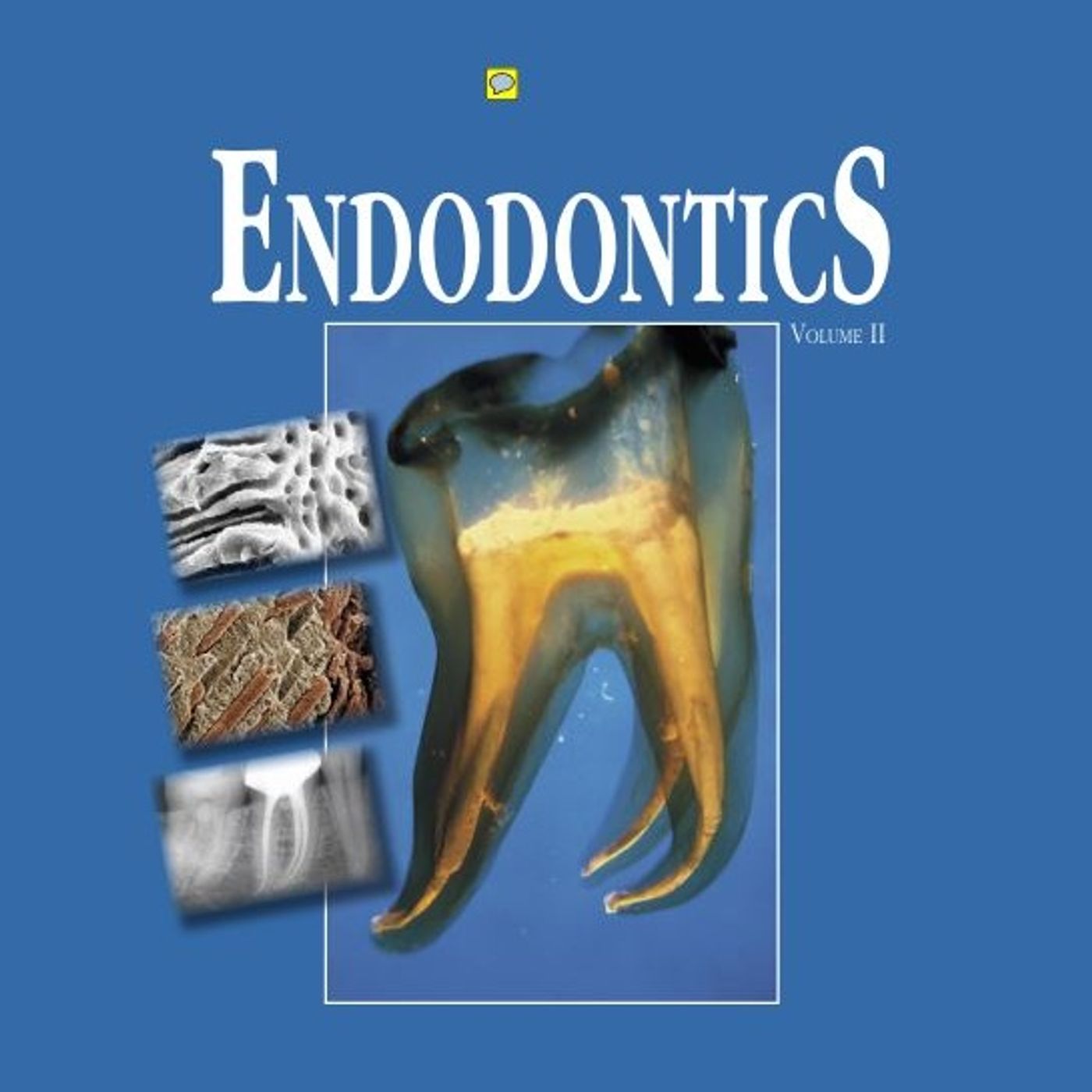
A comprehensive overview of the tools, techniques, and materials used in root canal therapy, specifically focusing on cleaning and shaping the canal system. The text details the standardization of endodontic instruments, defining measurements like D1 and D16, and discusses the shift from fixed-increment sizes to proposals like Schilder's Profile 29, which uses a fixed percentage increase. A significant portion of the material covers instrumentation techniques, contrasting traditional methods like serial filing with modern approaches such as the step-back and crown-down methods, including the use of highly flexible Nickel-Titanium (NiTi) rotary instruments like ProTaper and ProFile. Furthermore, the source emphasizes the...
Endodontics Review
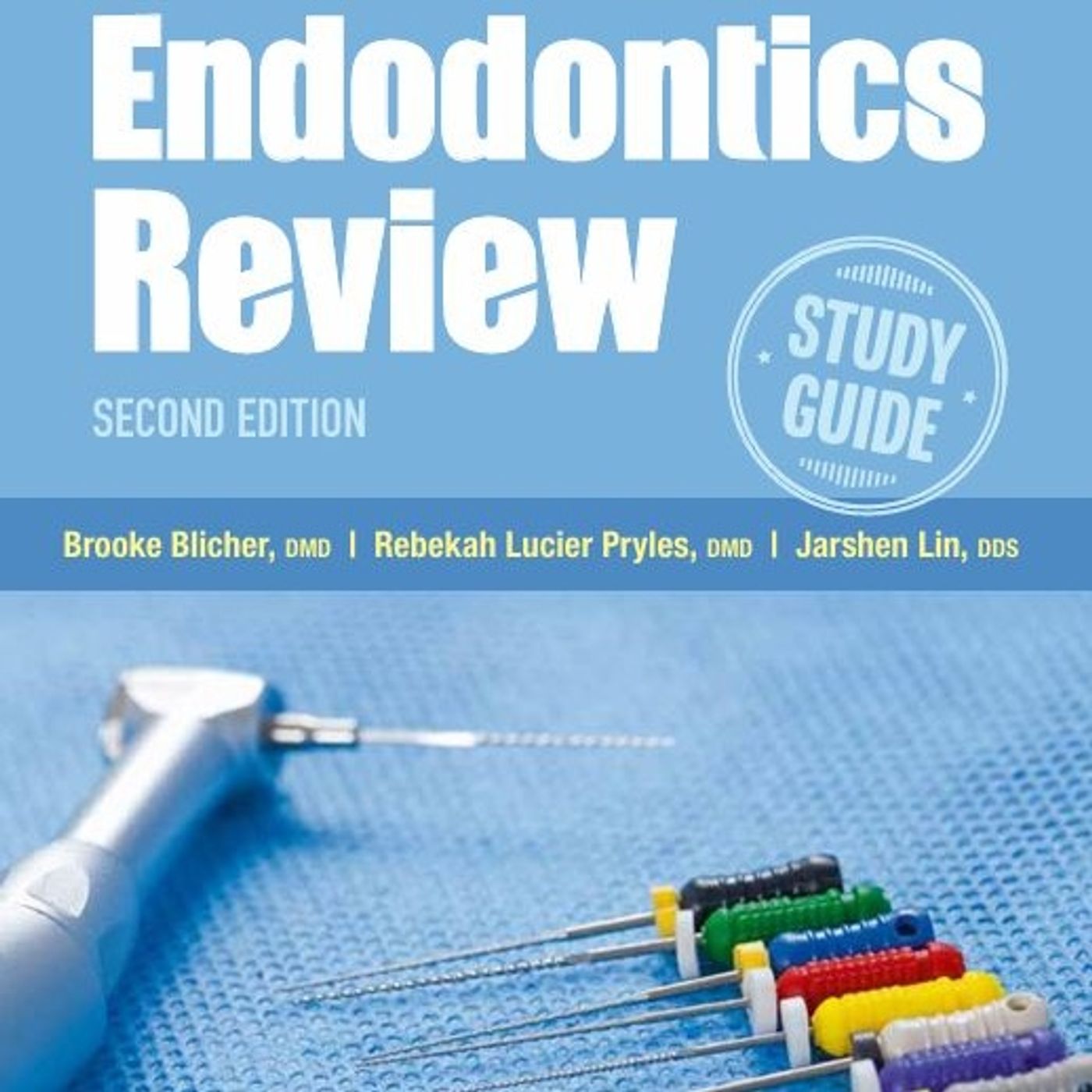
A comprehensive overview of endodontics, covering the foundational principles of the field from evidence-based practice to the complexities of dental biology and pathology. It outlines the hierarchy of scientific evidence, emphasizing the importance of systematic reviews and different study designs like cohort and case-control studies. Furthermore, the source details the anatomy and physiology of dental structures, explores the microbiology of endodontic infections—including bacterial and viral pathogens—and discusses various diagnostic methods, such as Cone-Beam Computed Tomography (CBCT) and pulp sensitivity testing. Finally, it presents a wide array of treatment modalities, including nonsurgical root canal therapy, surgical endodontics, regenerative proc...
Digital Dentistry: A Step-by-Step Guide and Case Atlas
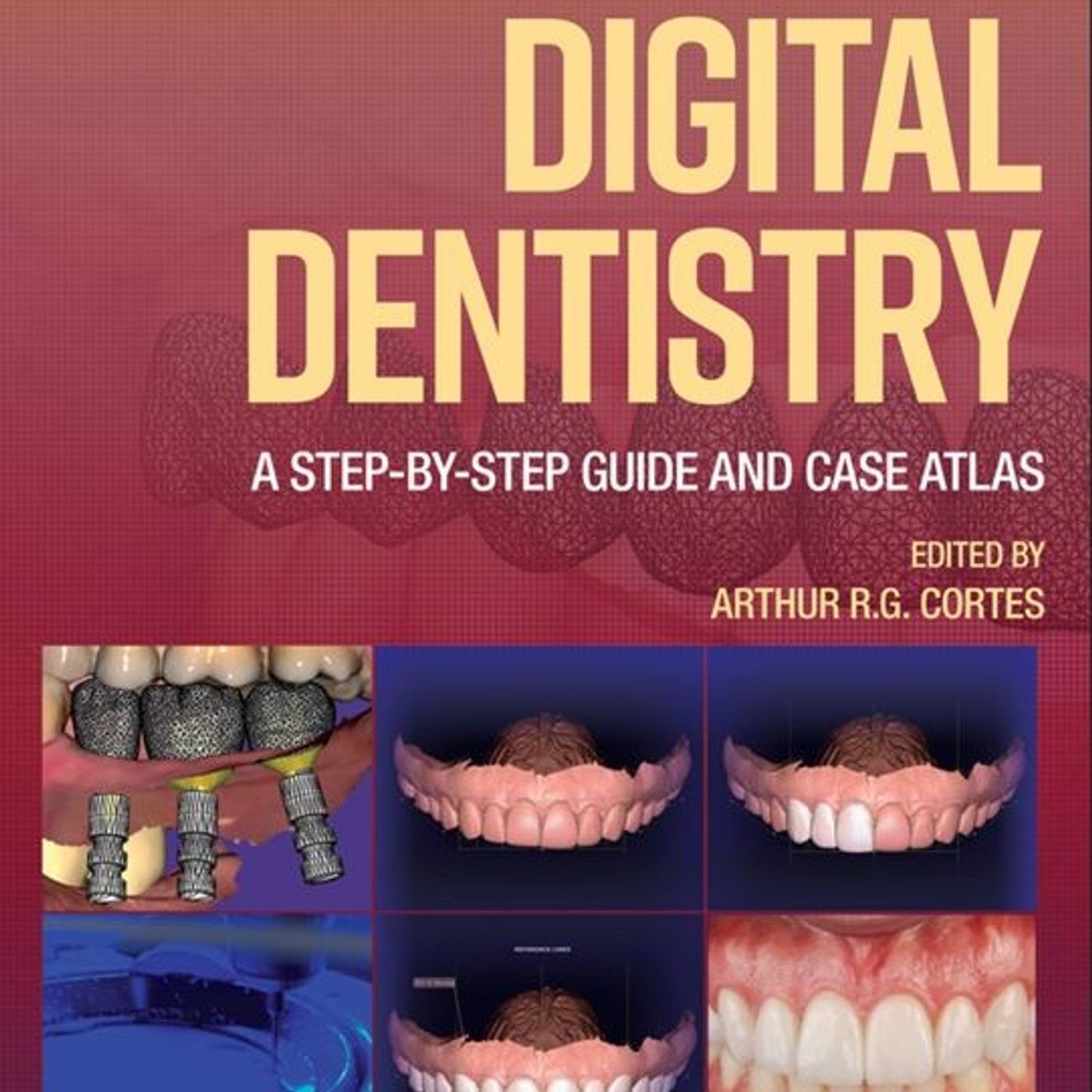
A comprehensive overview of how digital technologies are integrated across various dental specialties. The text focuses heavily on Computer-Aided Design and Computer-Aided Manufacturing (CAD-CAM) workflows, detailing their application in fields like prosthodontics, restorative dentistry, implant surgery, oral and maxillofacial surgery, and orthodontics. Numerous figures and step-by-step procedures illustrate the use of different imaging modalities (such as CBCT, intraoral, and facial scanning), file formats (like STL, OBJ, and DICOM), and 3D printing techniques to facilitate precise treatment planning, guide fabrication, and restoration design, often emphasizing the creation of a virtual patient for enhanced predictability. The content confirms that while digital...
Diseases of the Sinuses: A Comprehensive Textbook of Diagnosis and Treatment
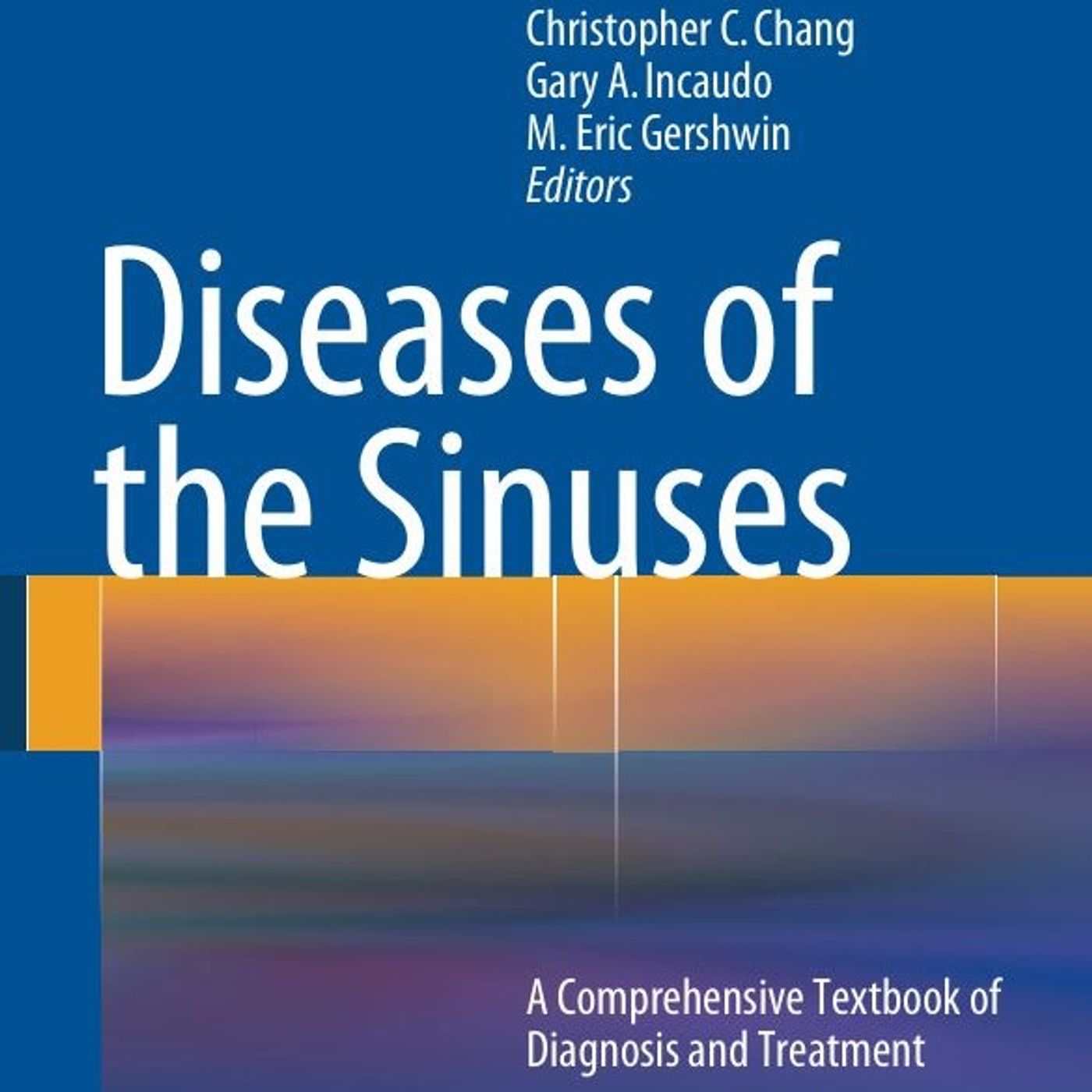
A comprehensive overview of sinus anatomy, pathology, and management, focusing heavily on chronic rhinosinusitis (CRS). Anatomically, the text details the history of paranasal sinus discovery and the complex, variable structures of the frontal sinus and drainage pathways. Substantial sections cover the immunobiology of CRS, including discussions on epithelial barrier function, the role of various cytokines like IL-19, and the significance of biofilm formation in disease recalcitrance. Furthermore, the sources explore the differential diagnosis of rhinosinusitis, encompassing non-infectious causes like autoimmune disorders (e.g., Wegener Granulomatosis) and primary immunodeficiency diseases, and evaluate the microbiology and surgical management of sinus diseases...
Disinfection of Root Canal Systems: The Treatment of Apical Periodontitis
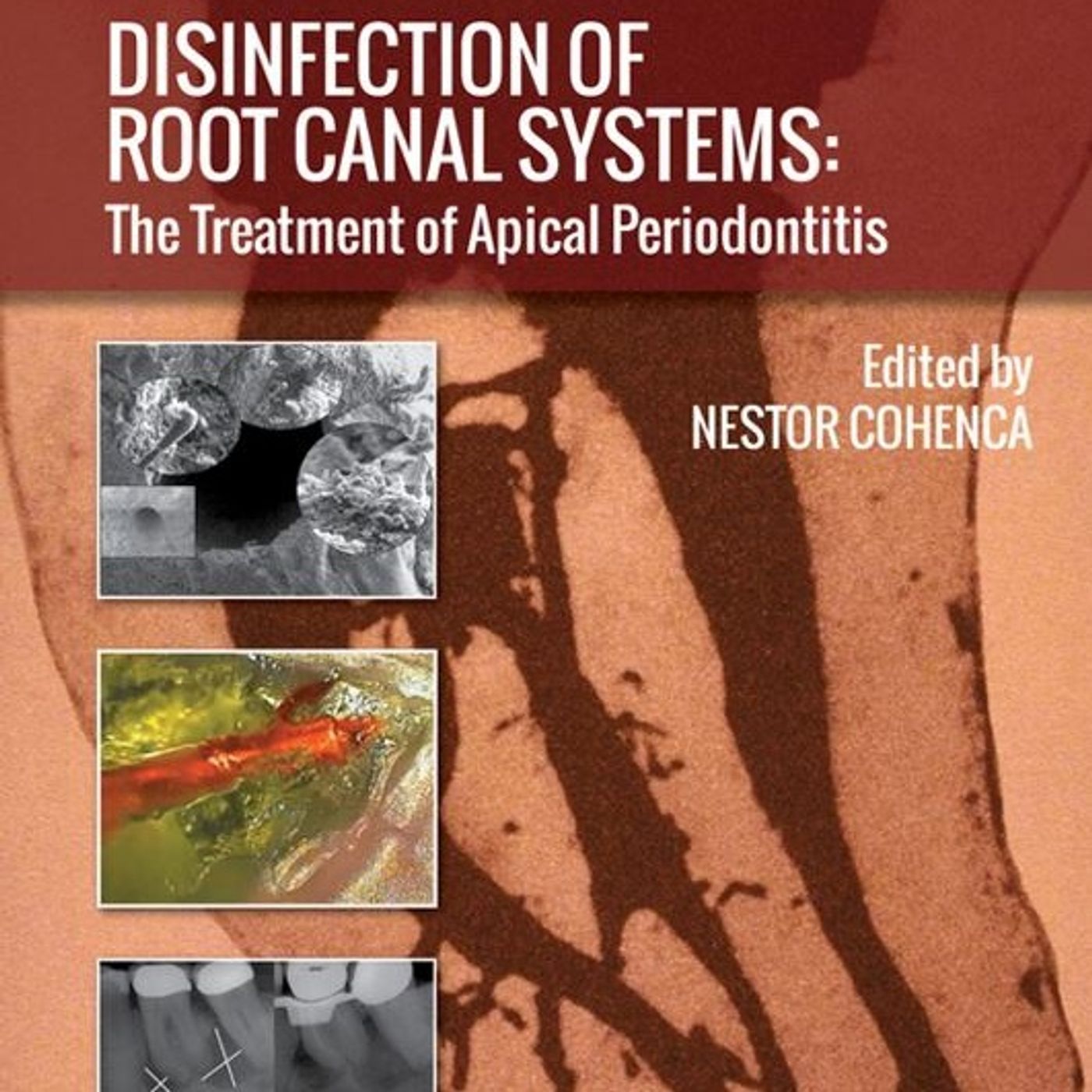
A textbook on root canal disinfection, emphasizes that microorganisms, particularly biofilms in complex root canal anatomies, are the primary cause of endodontic treatment failures despite technological advancements over the past four decades. The text systematically examines various disinfection techniques and irrigants, such as Sodium Hypochlorite and Chlorhexidine, detailing their mechanisms, efficacy against biofilms, and limitations, including apical vapor lock (AVL) and potential toxicity. Newer methods like Apical Negative Pressure (ANP) irrigation systems are presented as superior for achieving complete debridement in the apical third, while sonic, ultrasonic, and laser-activated irrigation (LAI) are also discussed as adjuncts. Finally, the sources...
Endodontic Advances and Evidence-Based Clinical Guidelines
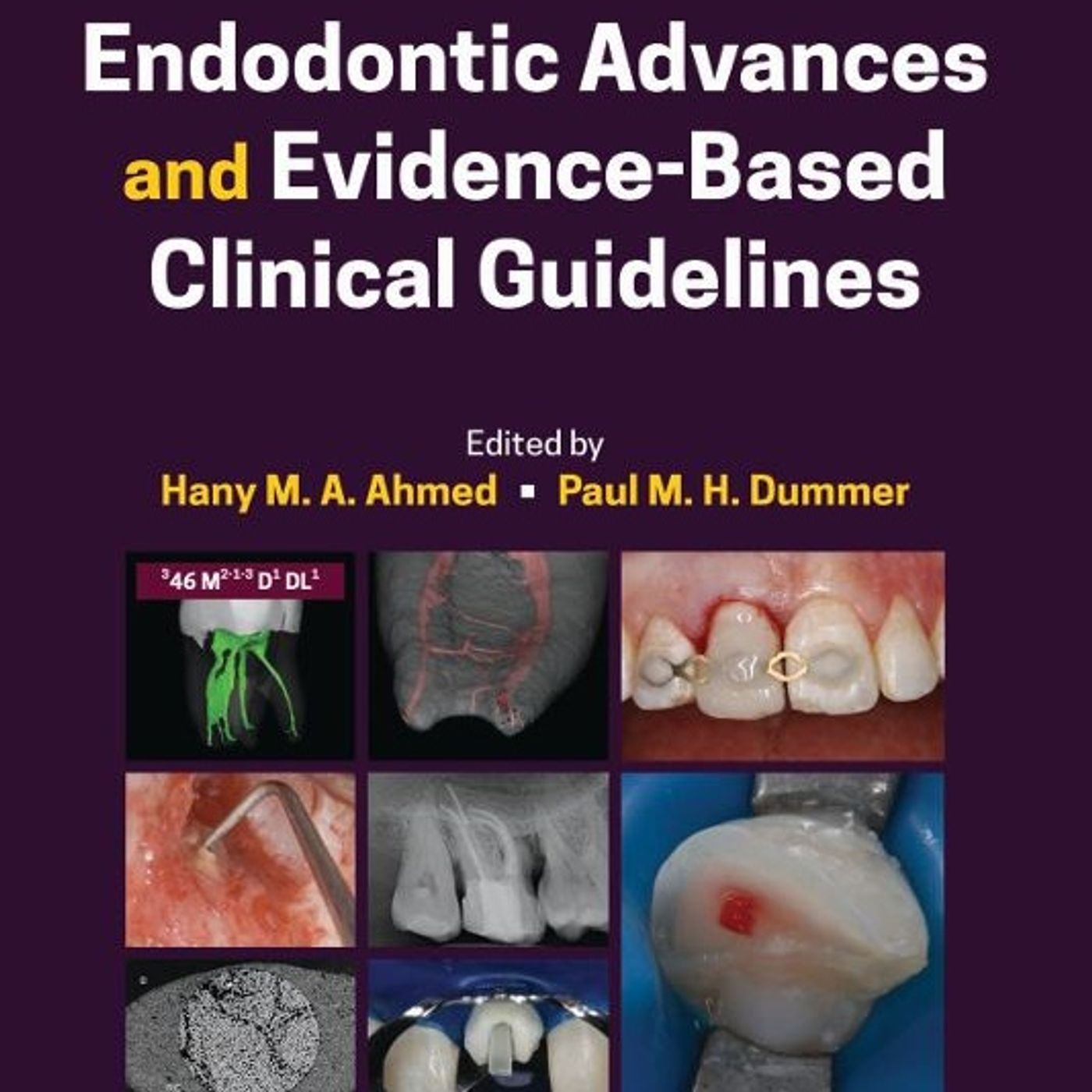
A comprehensive overview of current advancements and clinical guidelines in the field of endodontics, covering a vast array of topics related to the dental pulp and periradicular tissues. Key areas explored include the complex anatomy of the root canal system and various diagnostic methods, such as cone-beam computed tomography (CBCT). The sources also detail the link between periapical lesions and systemic health, discuss techniques and materials for microbial control and root canal disinfection, and review the properties and applications of hydraulic calcium silicate-based cements. Furthermore, significant attention is given to clinical management procedures, such as minimally invasive endodontics, the...
Endodontic Keys and Cases: A Clinical Guide To Modern Root Canal Therapy
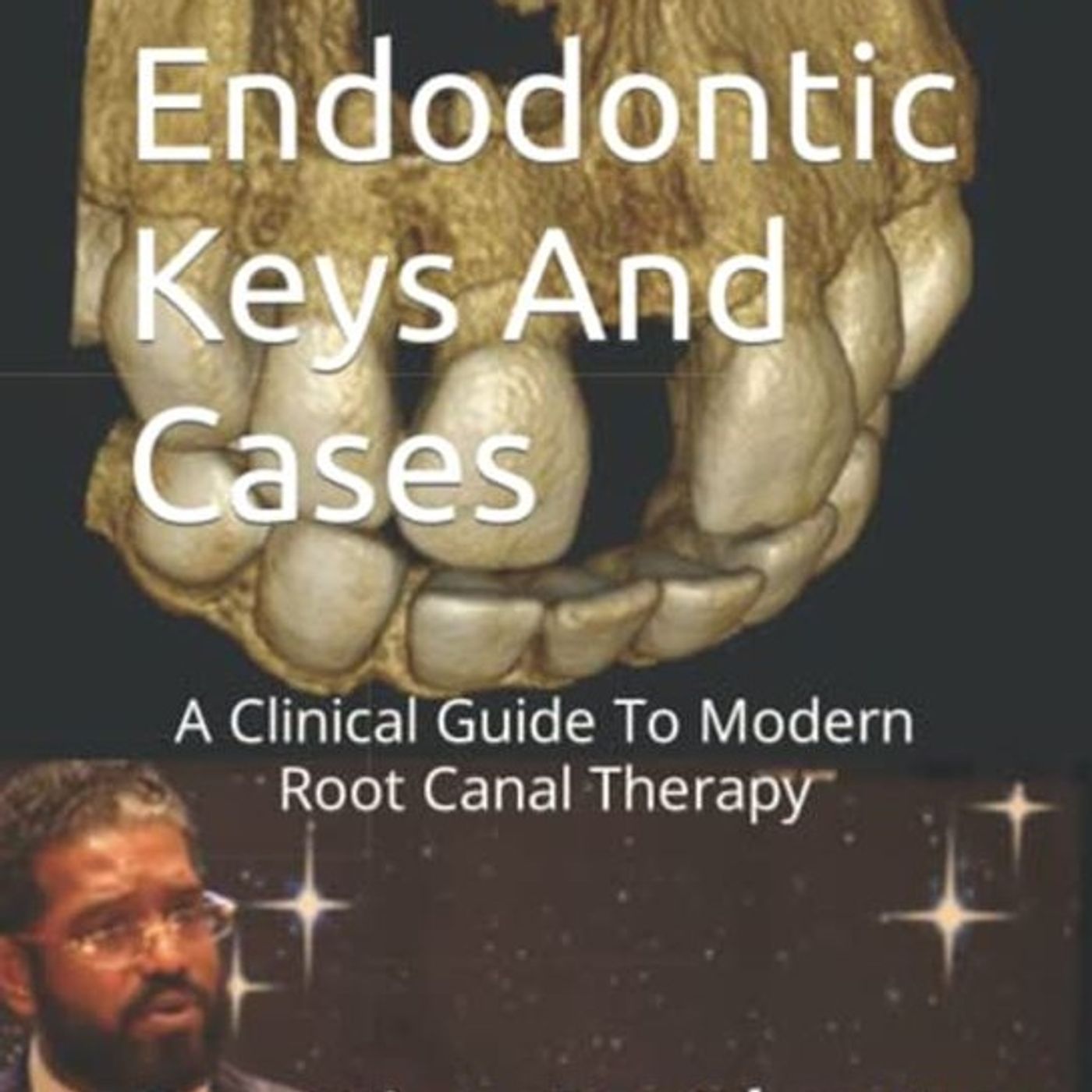
A comprehensive clinical guide to modern root canal therapy, covering foundational topics like diagnosis, access cavity design, anatomy, and endodontic emergencies, while also discussing advanced concepts such as bioceramic technology, regenerative endodontics, and Cone Beam CT (CBCT) use. Throughout the guide, Dr. Short shares personal clinical cases and practical "Short Keys" derived from his 25 years of experience, often juxtaposing his methods with relevant scientific literature to offer insights into various materials and techniques. The material also touches upon pharmacology, particularly antibiotics and pain control.
Endodontic Microbiology
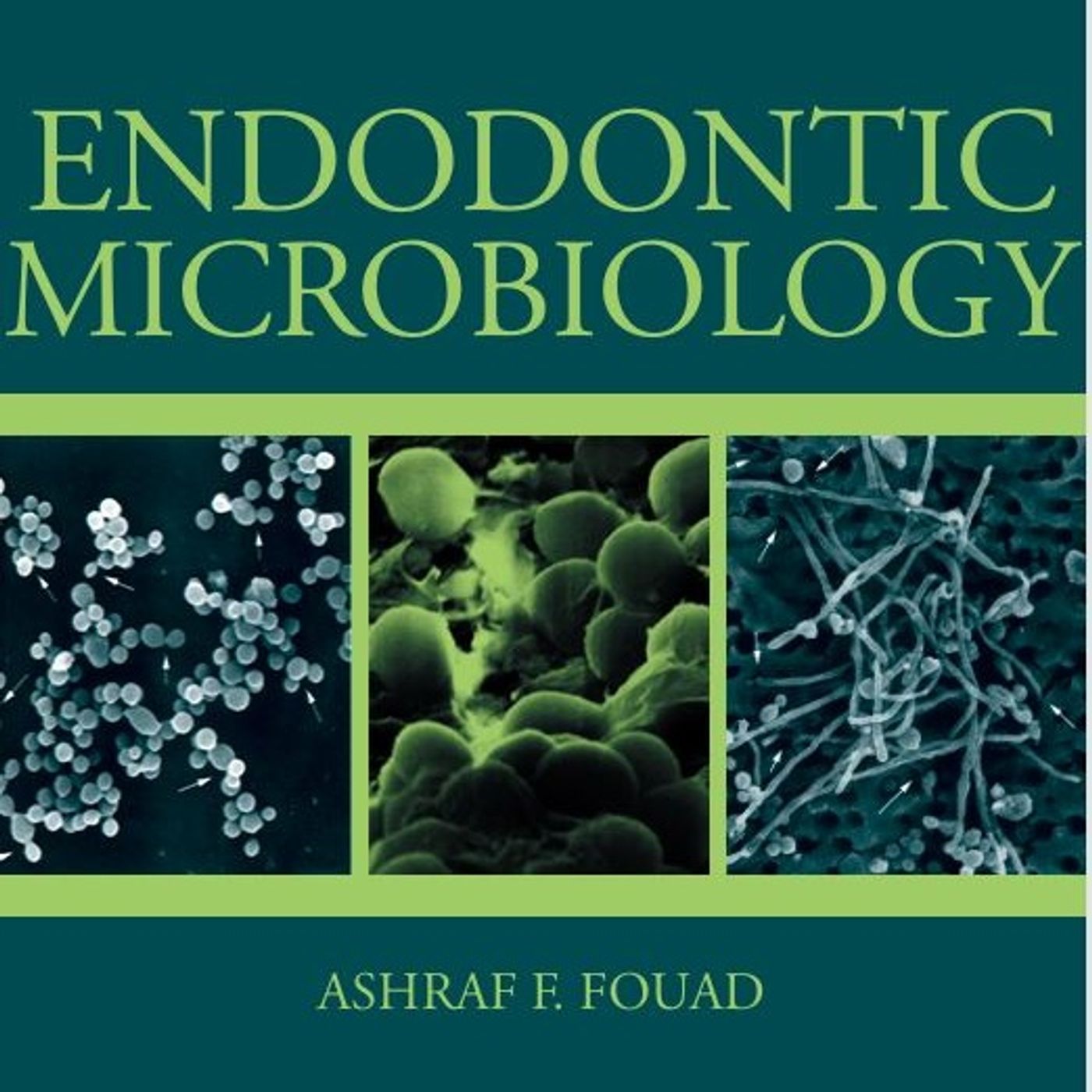
Offering an authoritative overview of the field written by leading experts. The content focuses heavily on the microbiology and clinical treatment of endodontic pathosis, covering topics such as the role of bacteria, fungi, and viruses in root canal infections, including discussions of biofilm formation and virulence factors. Additionally, the text explores advanced diagnostic techniques like PCR and genomics for identifying microorganisms, the management of severe odontogenic infections in the head and neck, pharmacological strategies involving systemic and topical antimicrobials, and the prognosis and healing potential of endodontic treatments in both mature and immature teeth, including their potential contribution to...
Endodntics volume 1
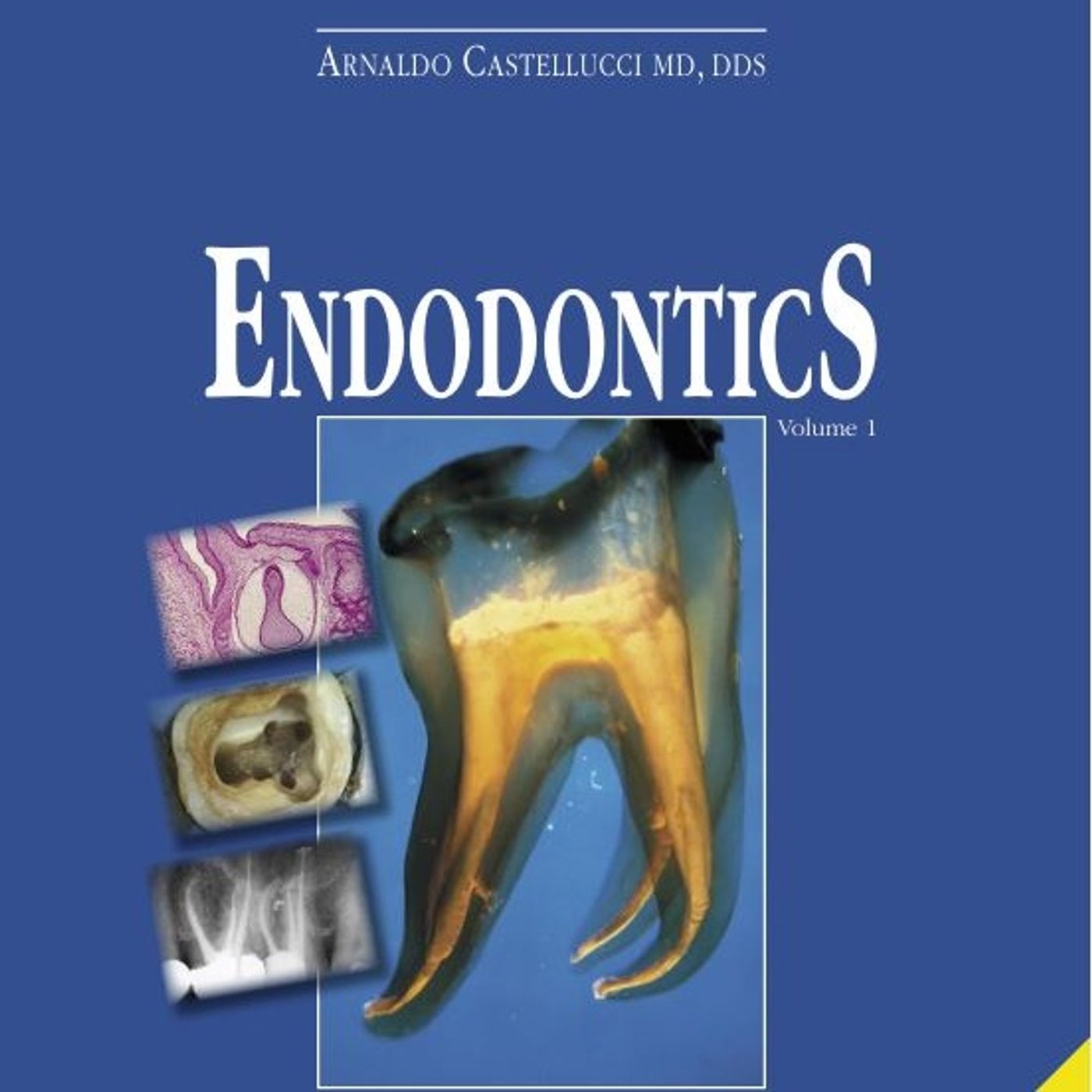
A comprehensive overview of the dental specialty concerned with the pulp and periapical tissues. The text covers the brief history of endodontics, tracing developments from the 17th century through the discovery of X-rays and early techniques, alongside a detailed explanation of tooth embryology and the formation of dentin and enamel. Significant portions are devoted to the diagnosis and classification of pulpal and periapical diseases, including pulpitis, necrosis, granulomas, cysts, and the cracked tooth syndrome, detailing symptoms, testing methods like electric and thermal tests, and emergency treatments. Finally, the material dedicates substantial space to essential clinical practices, such as radiography...
